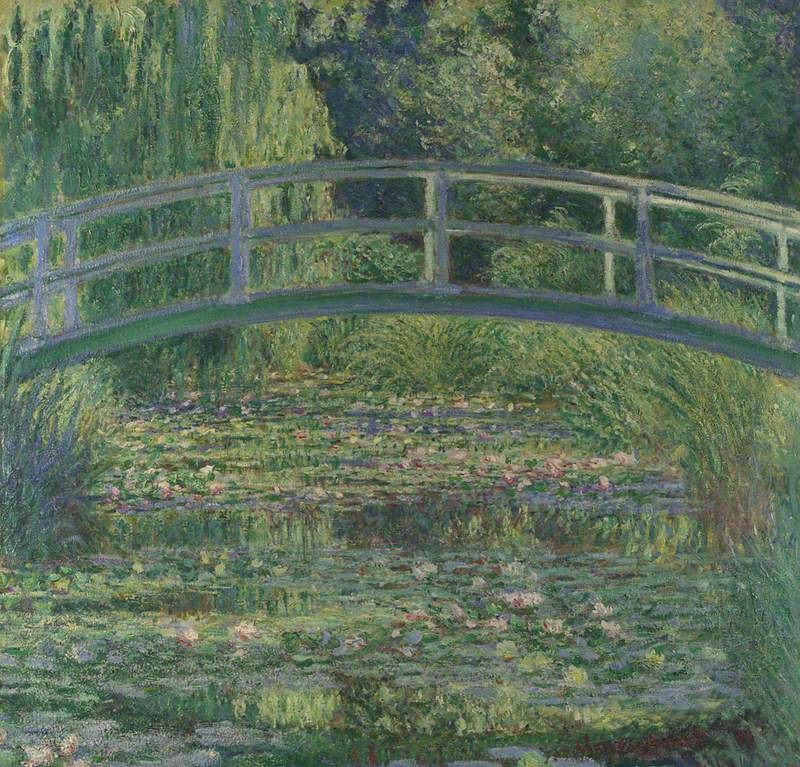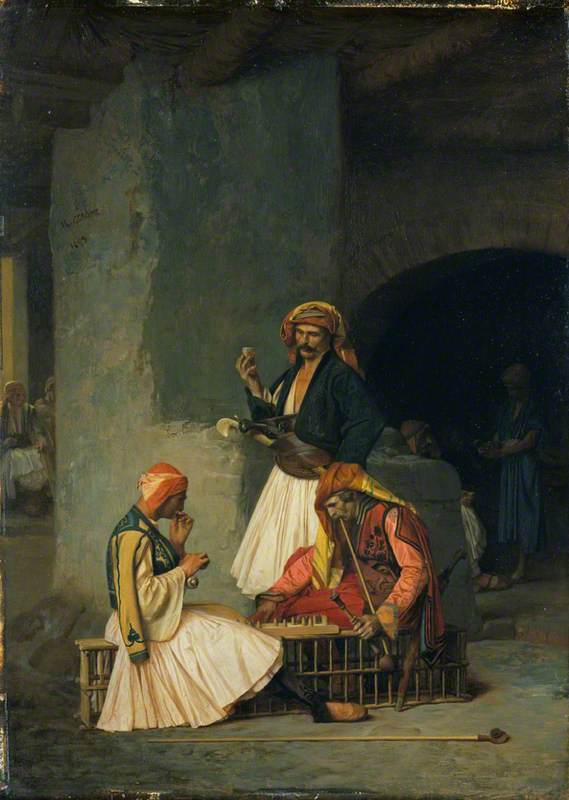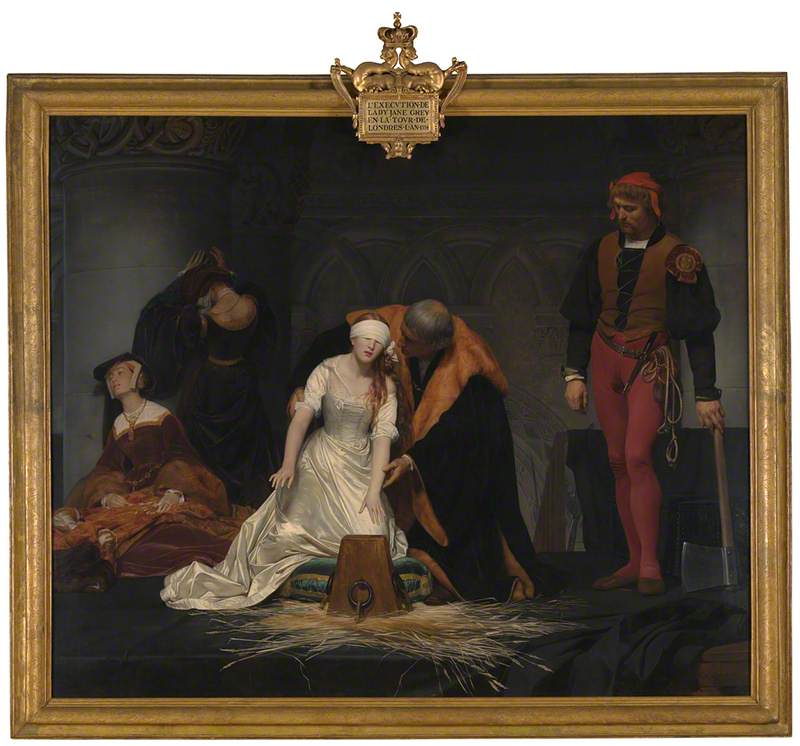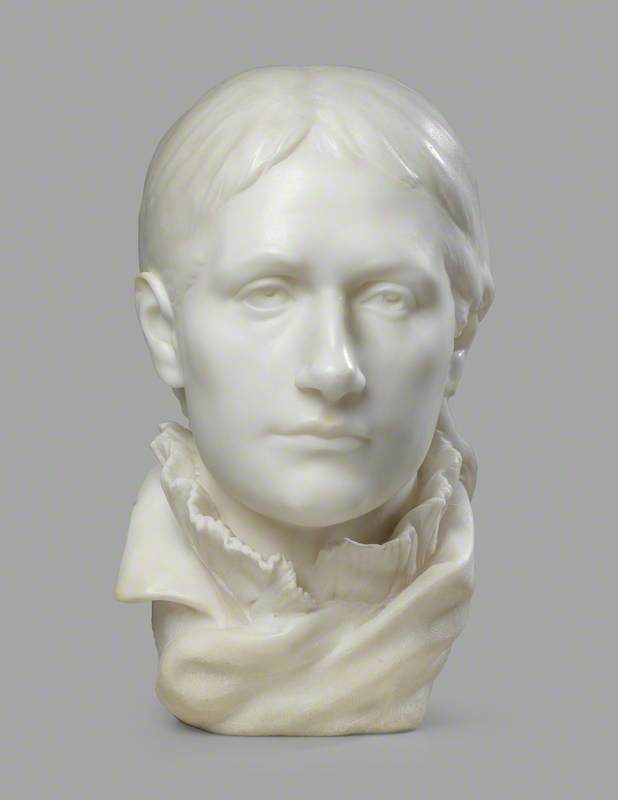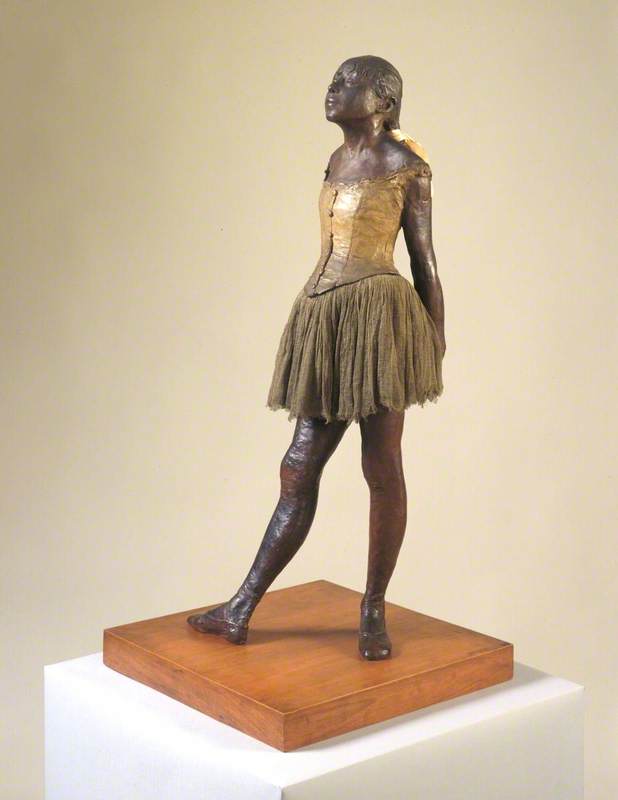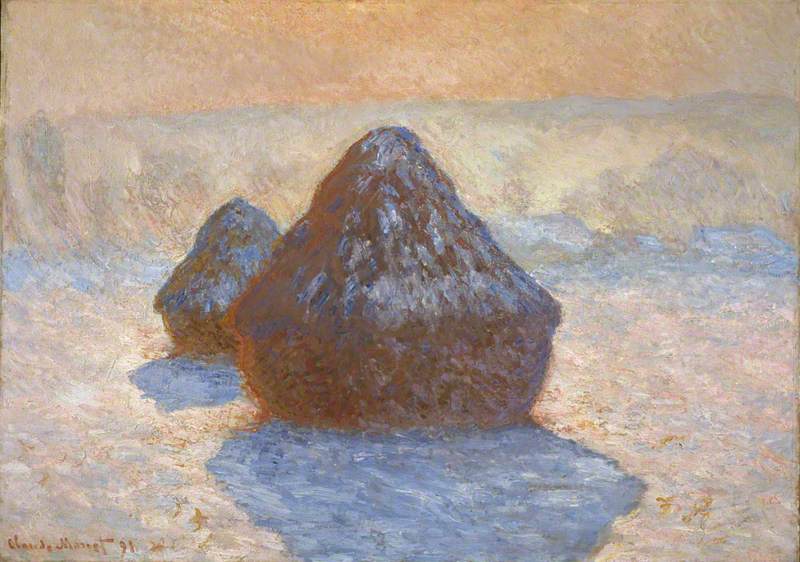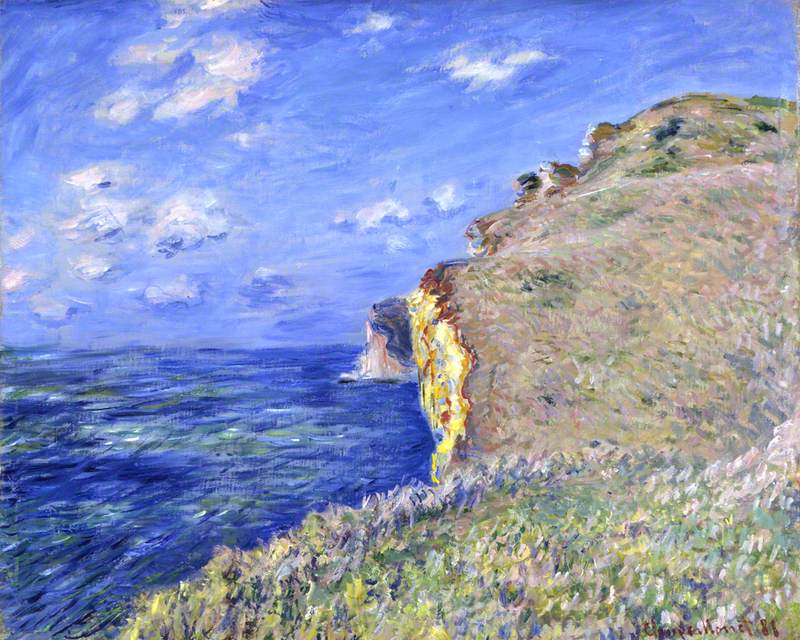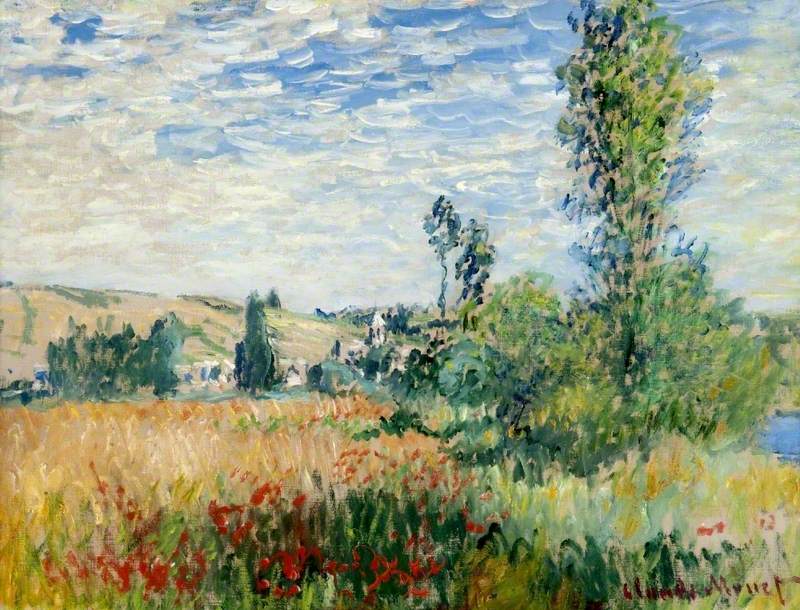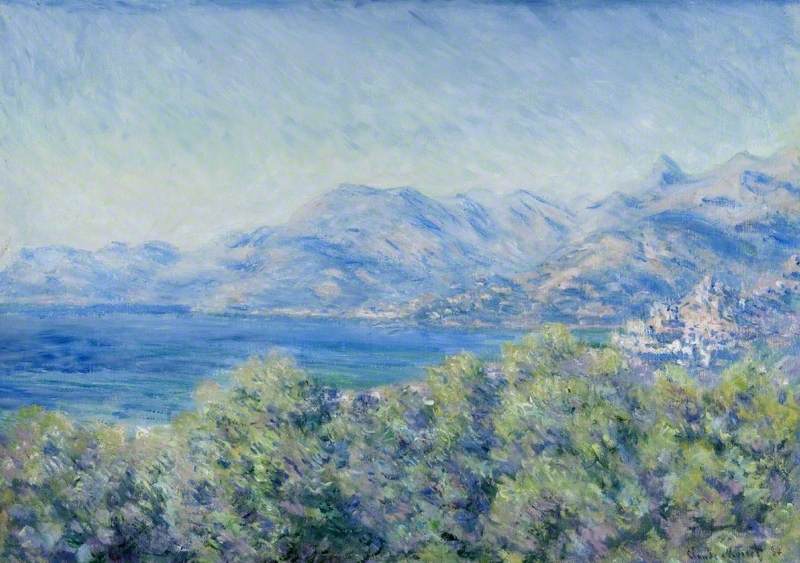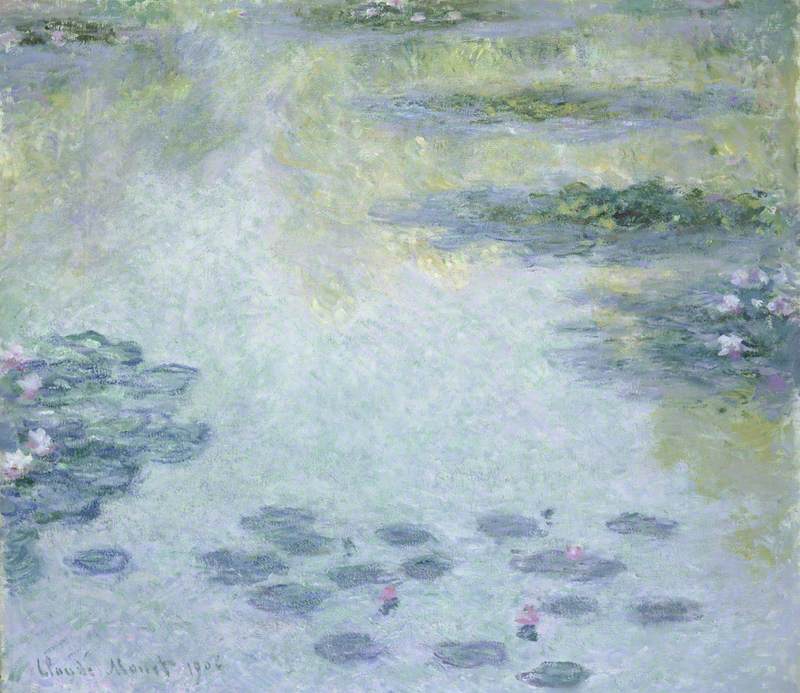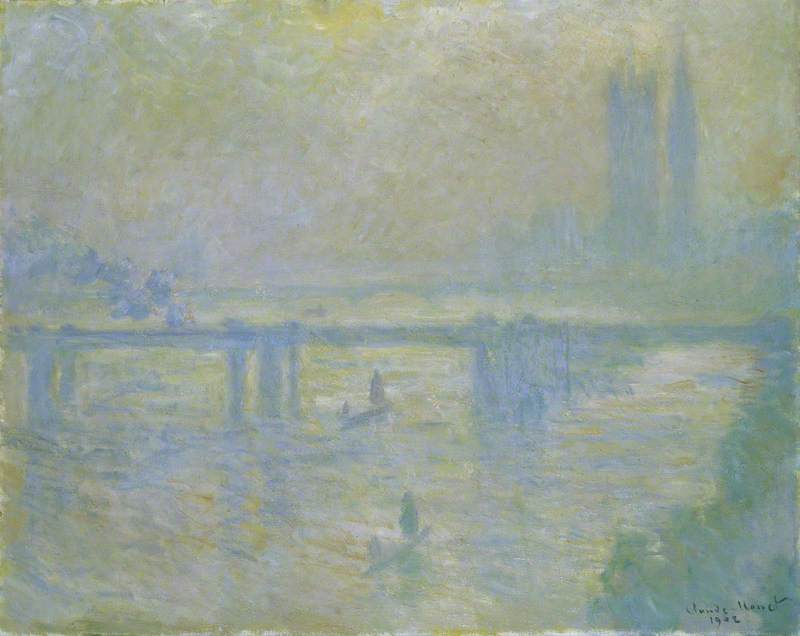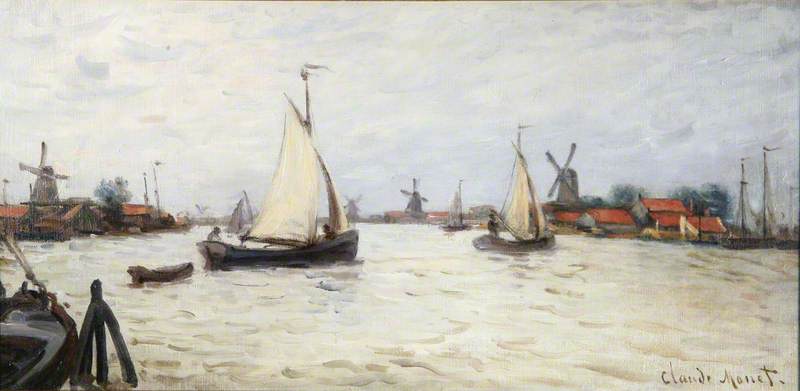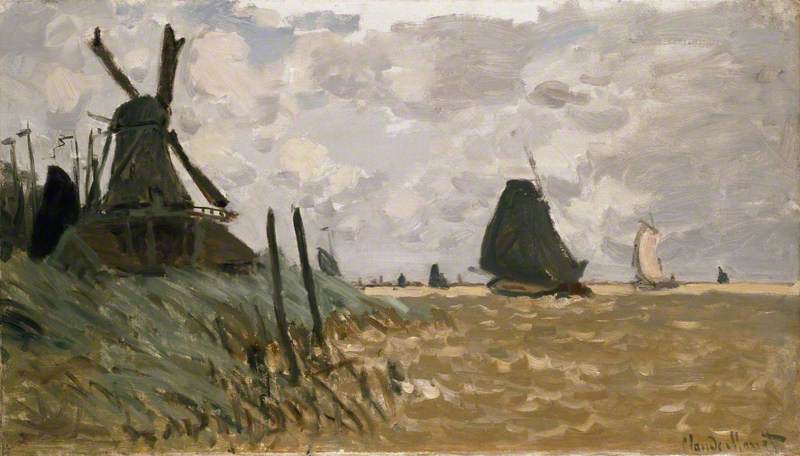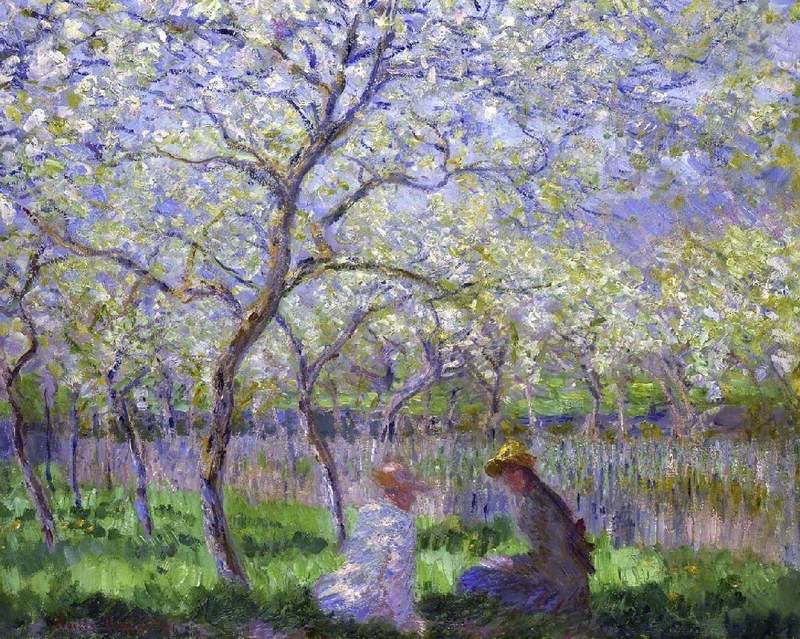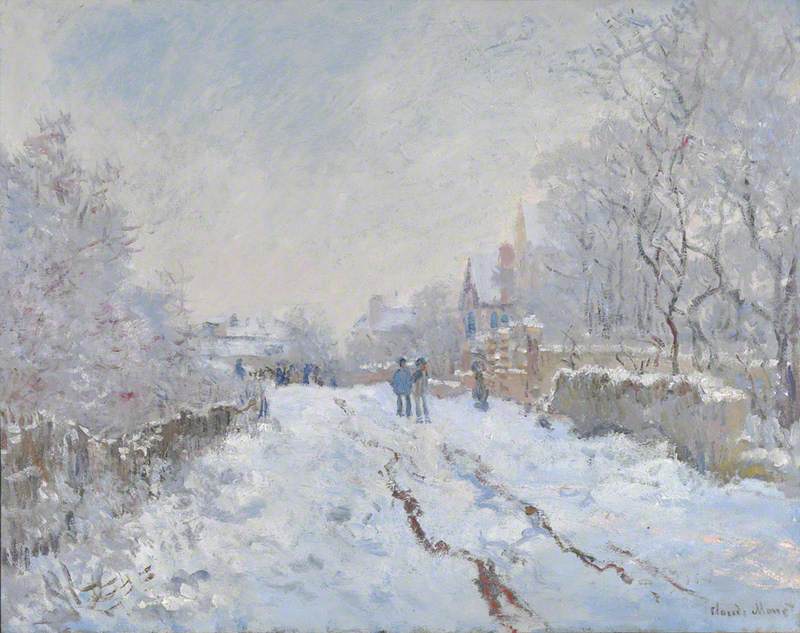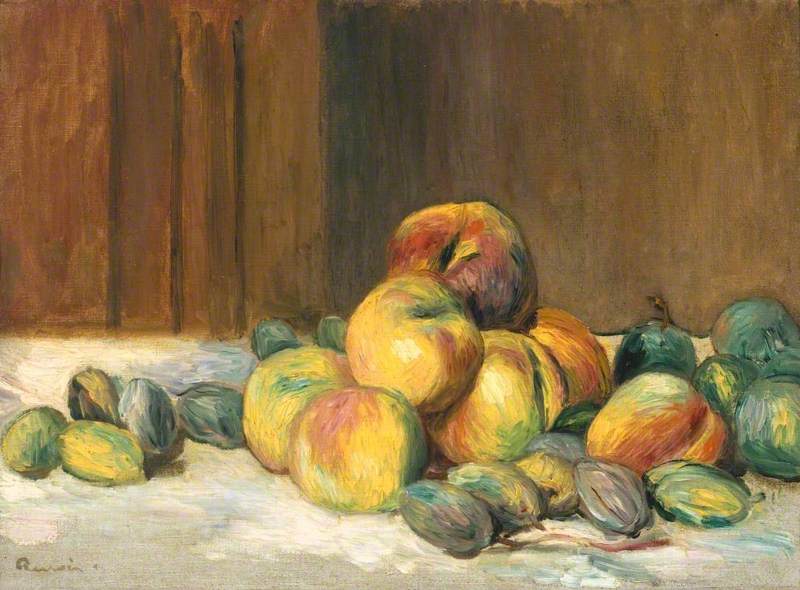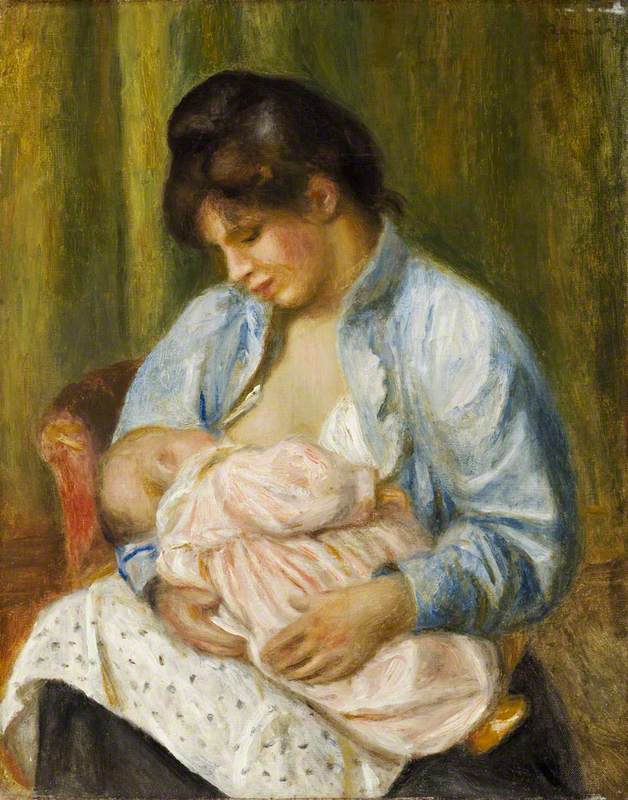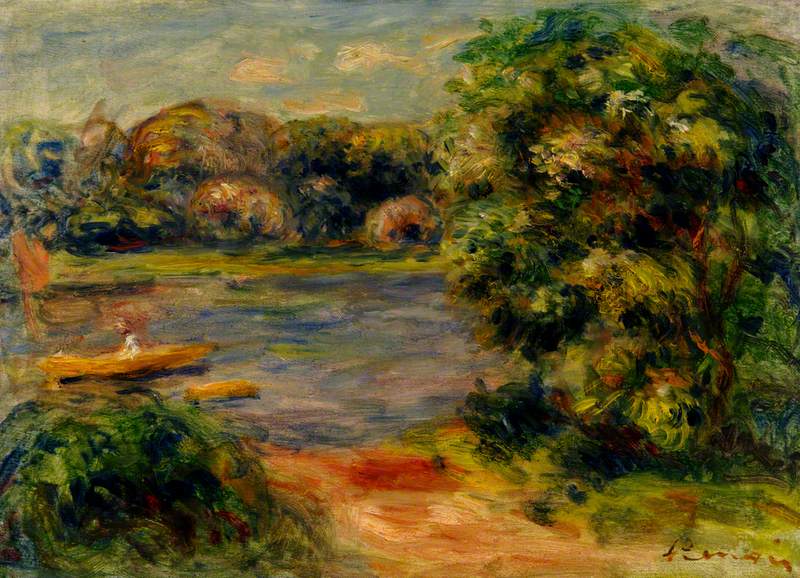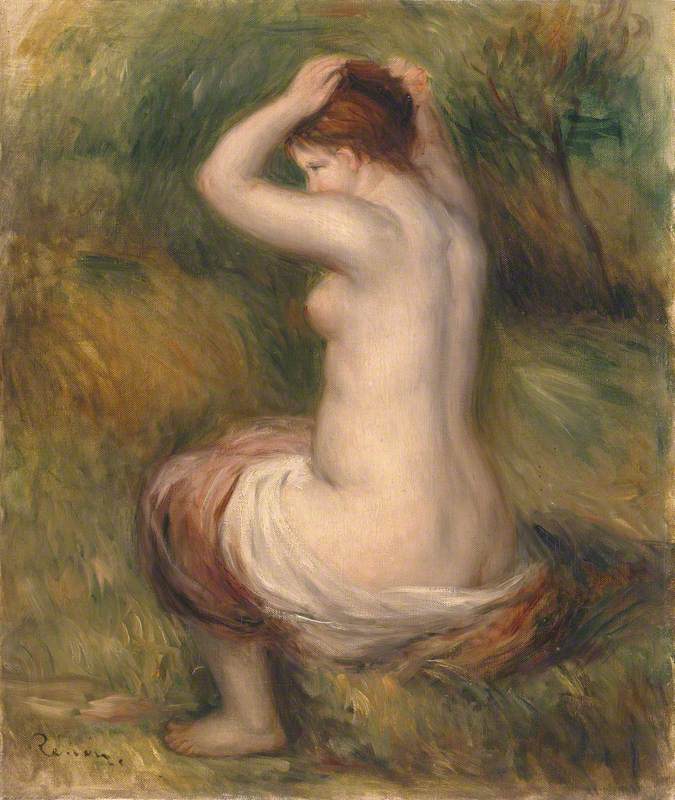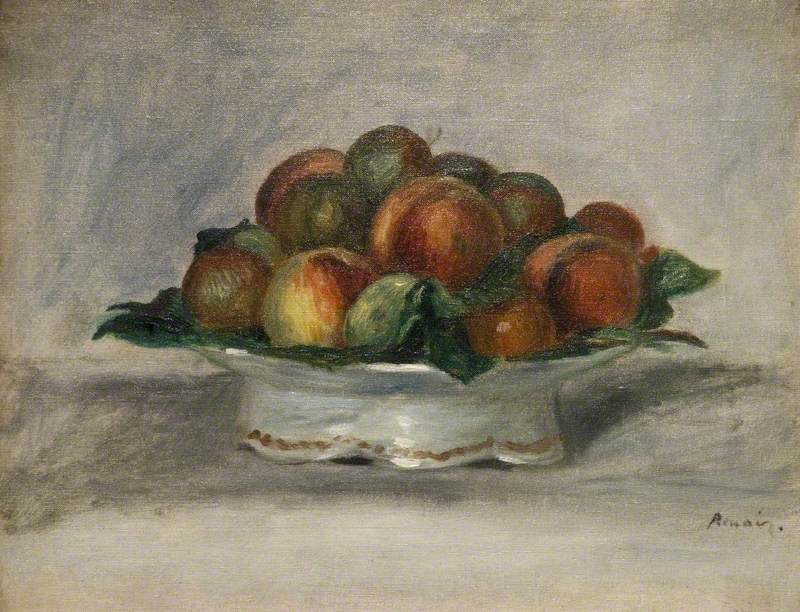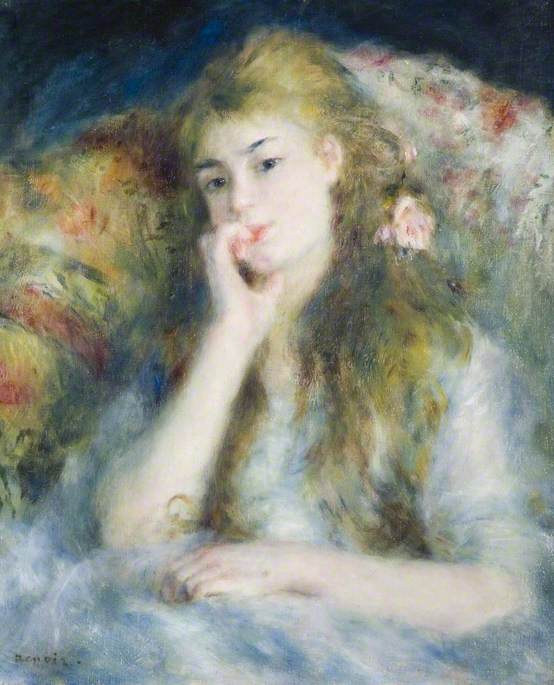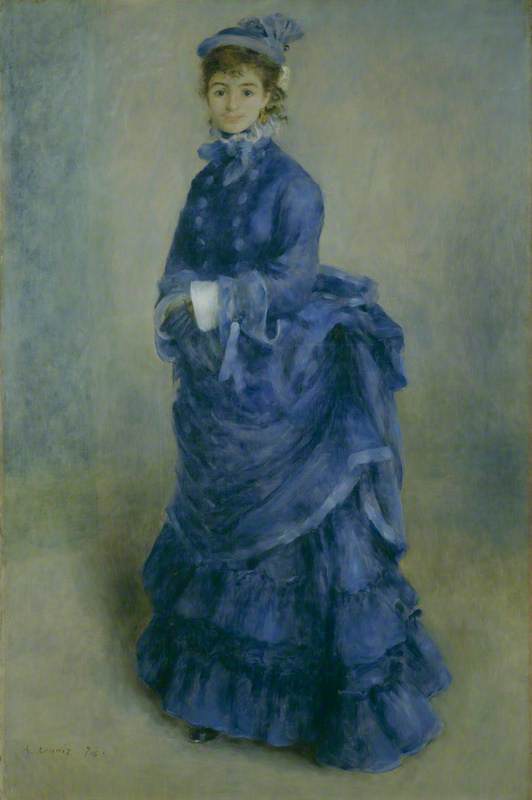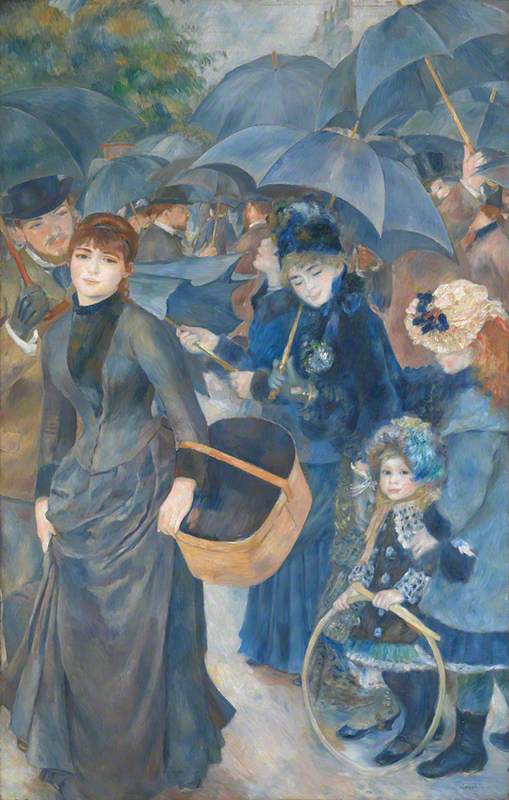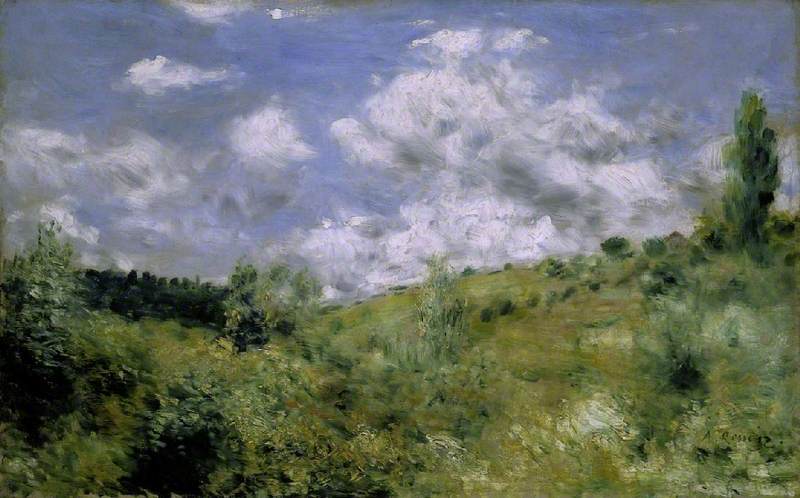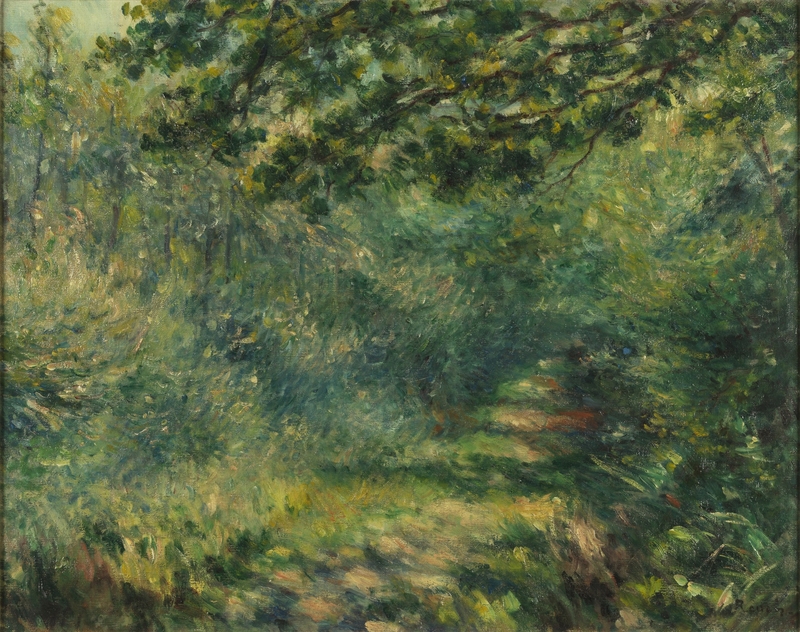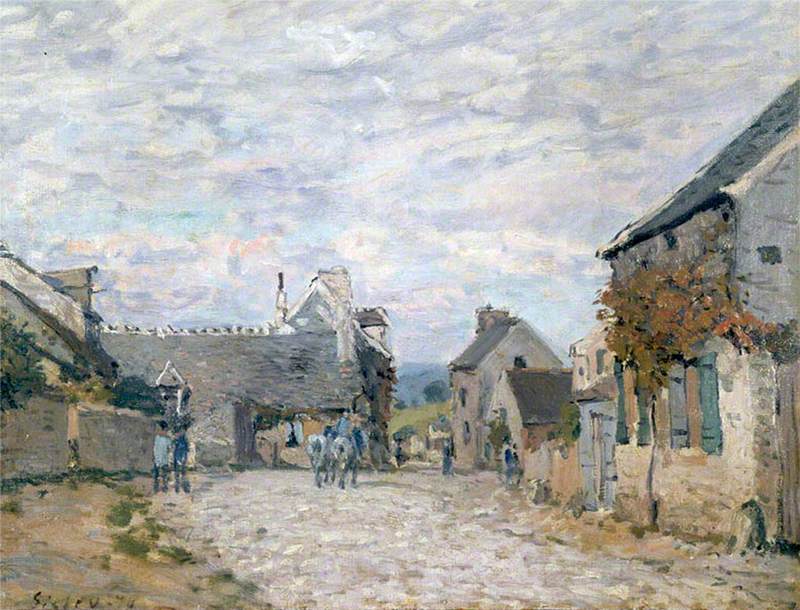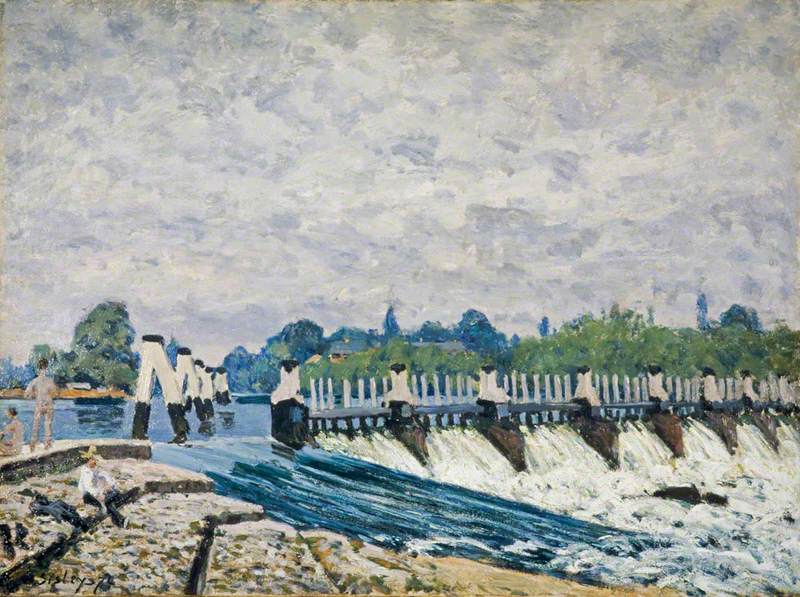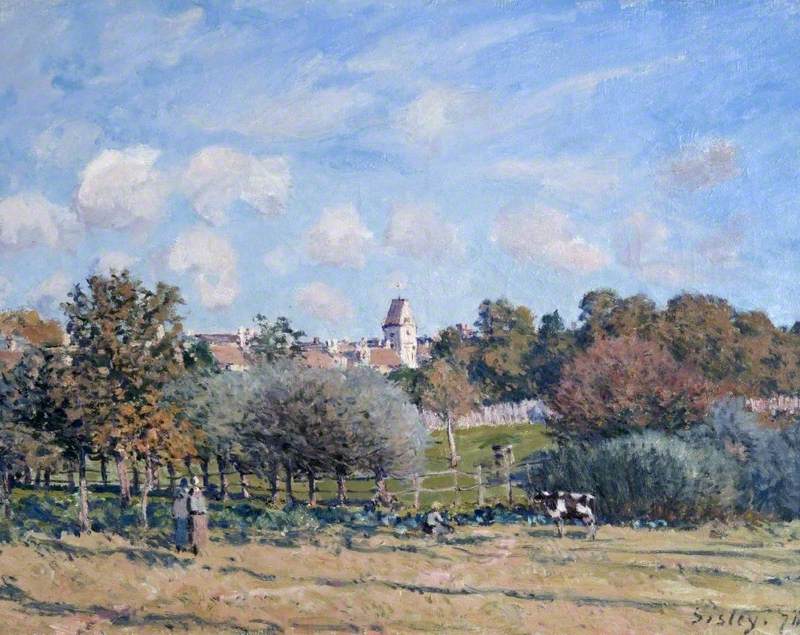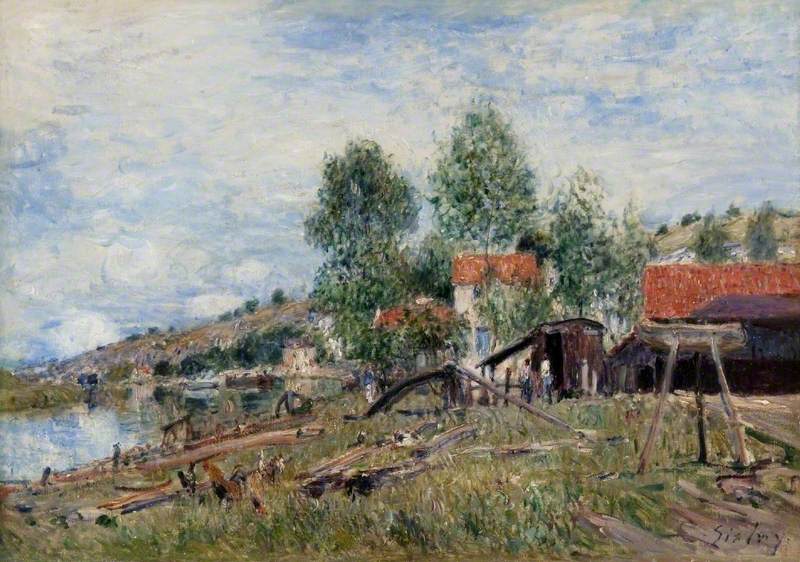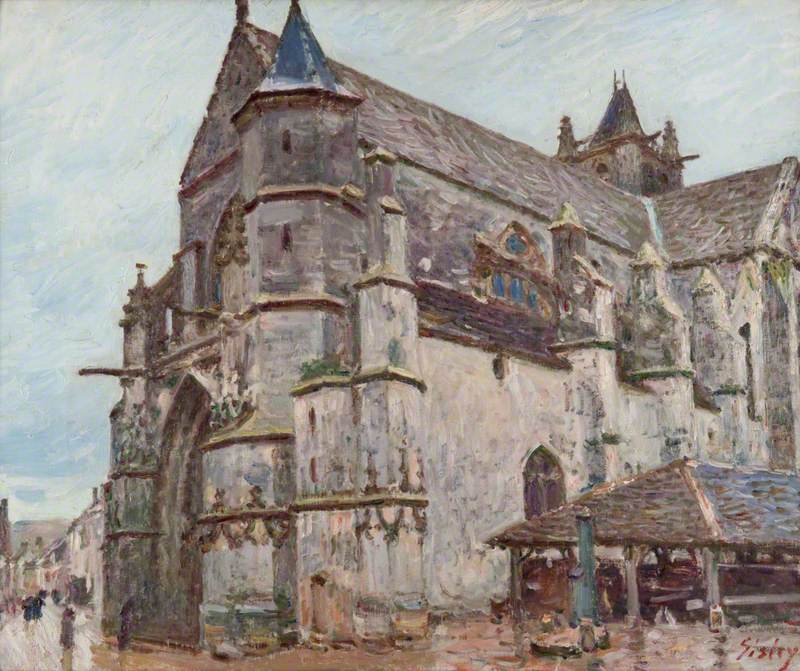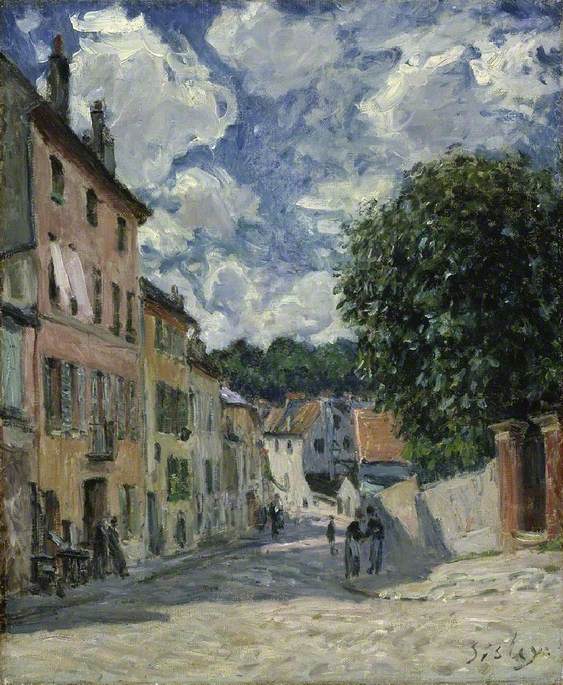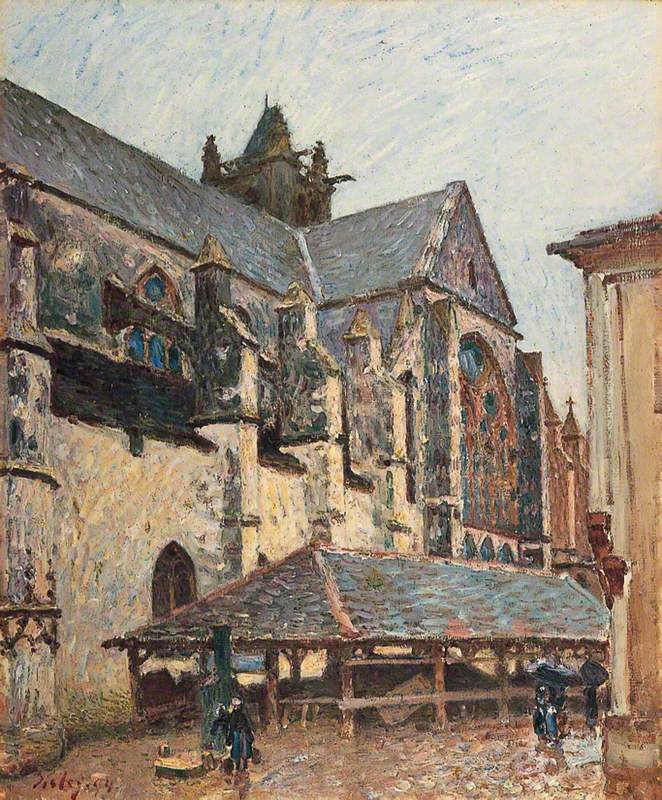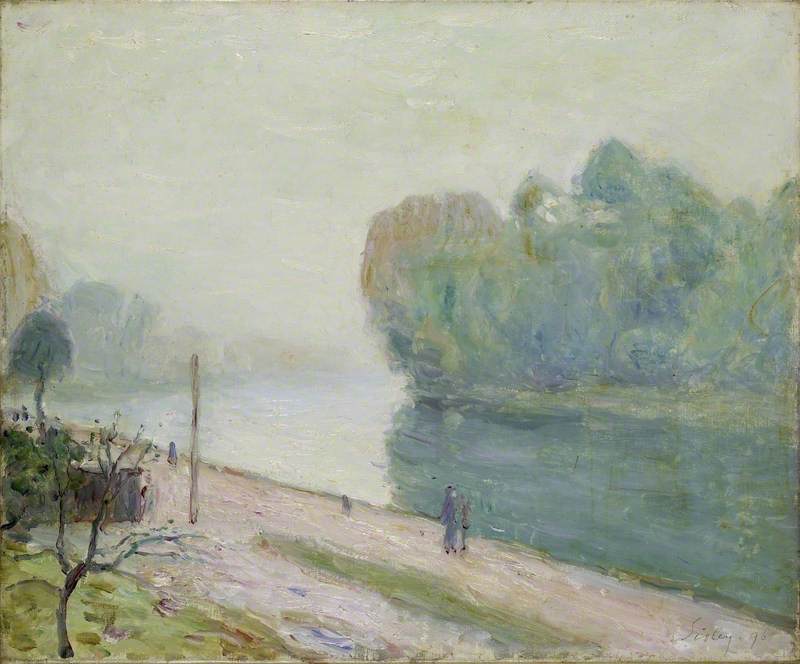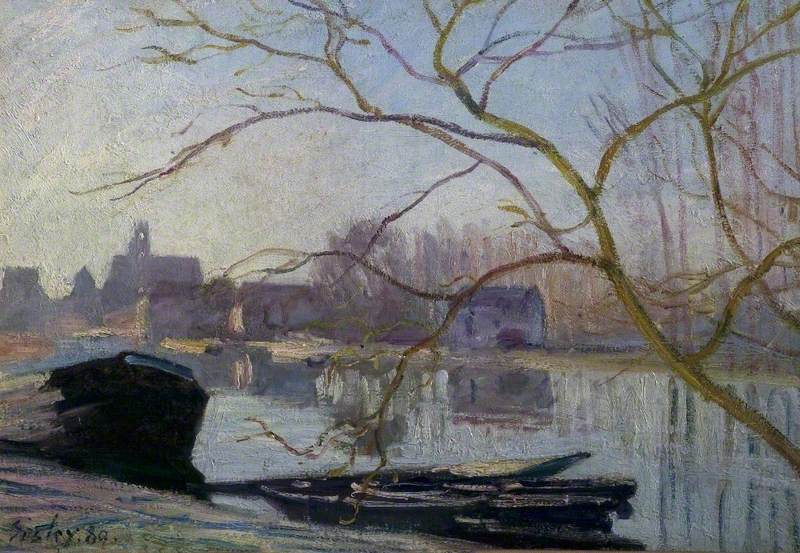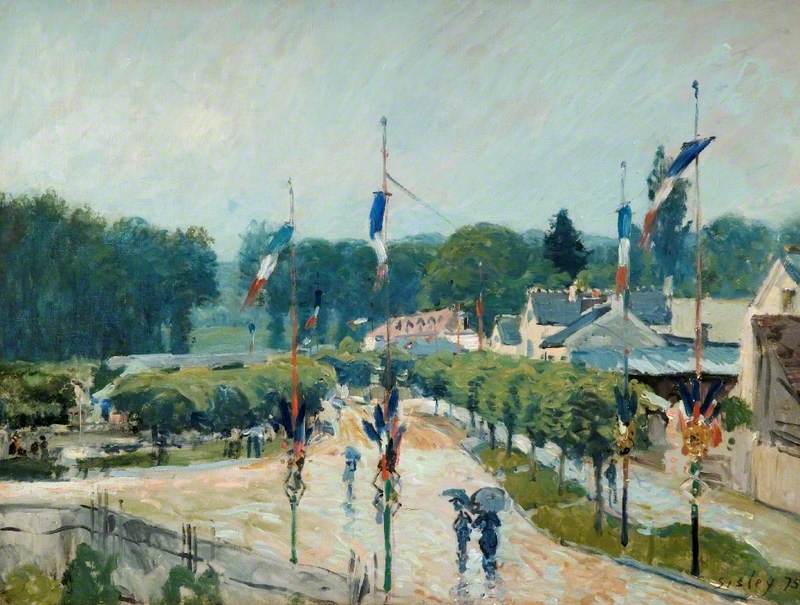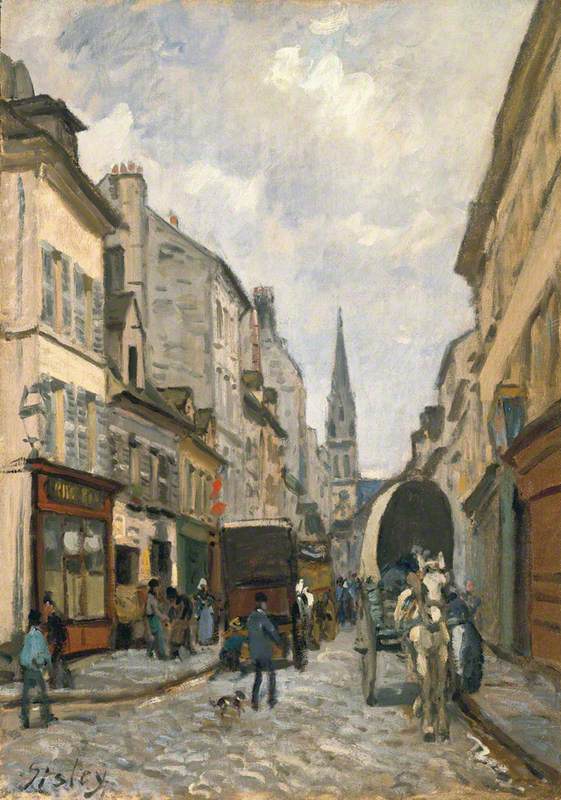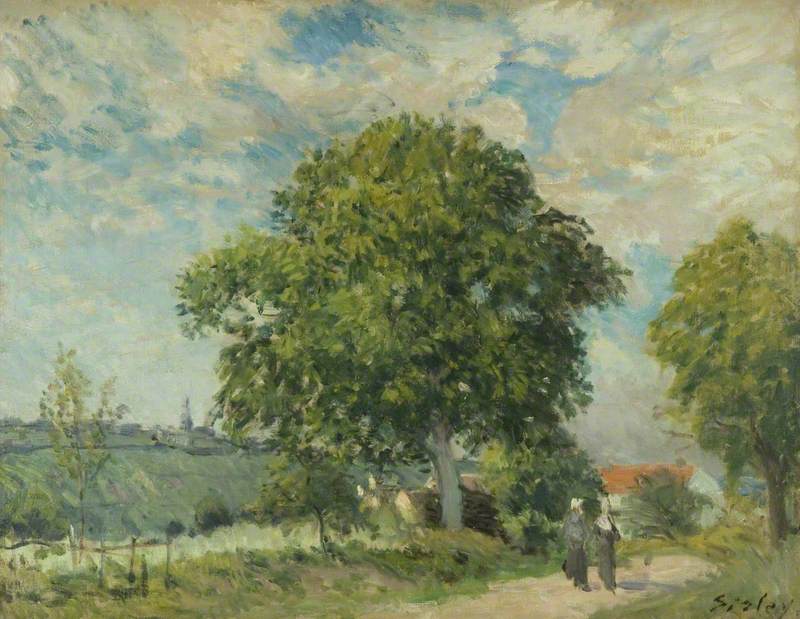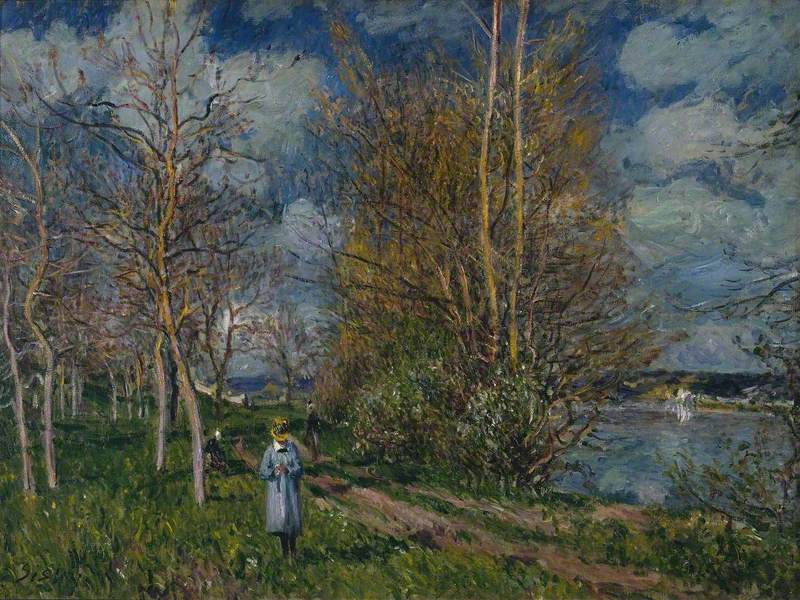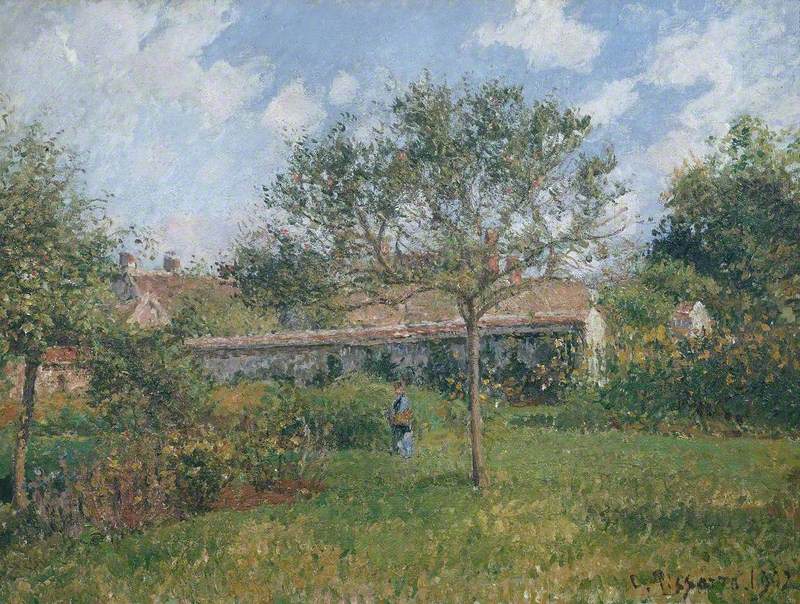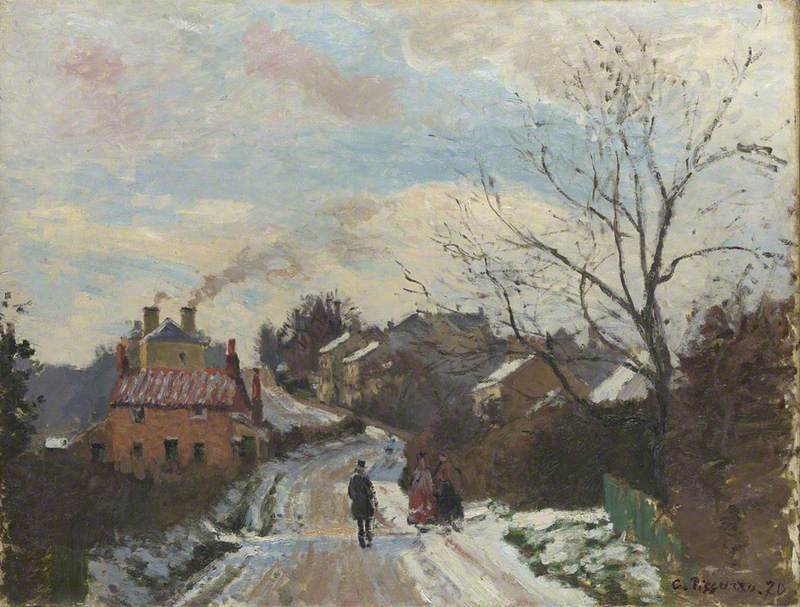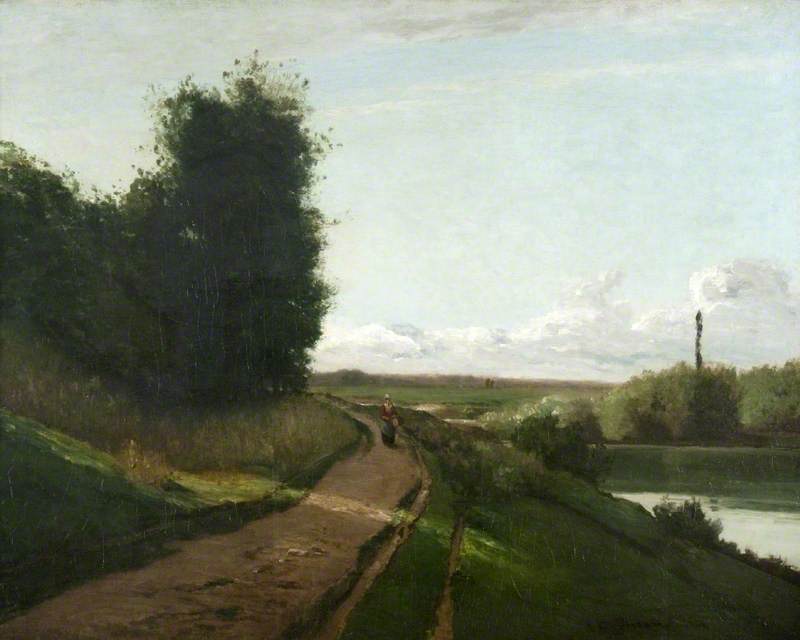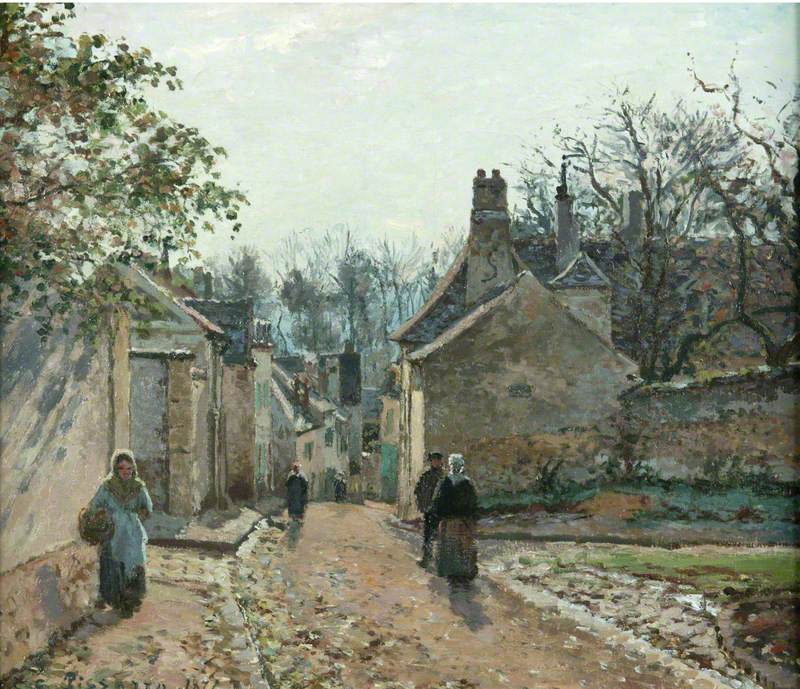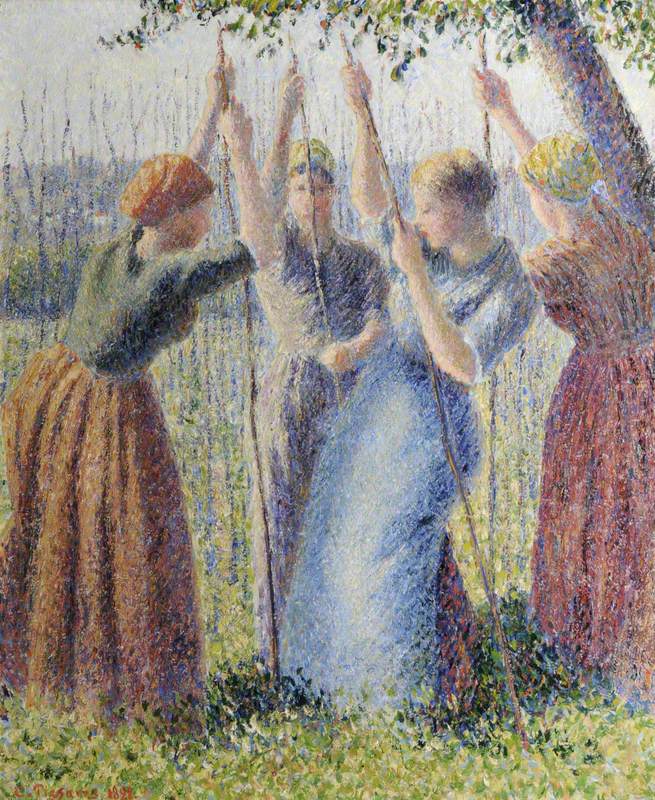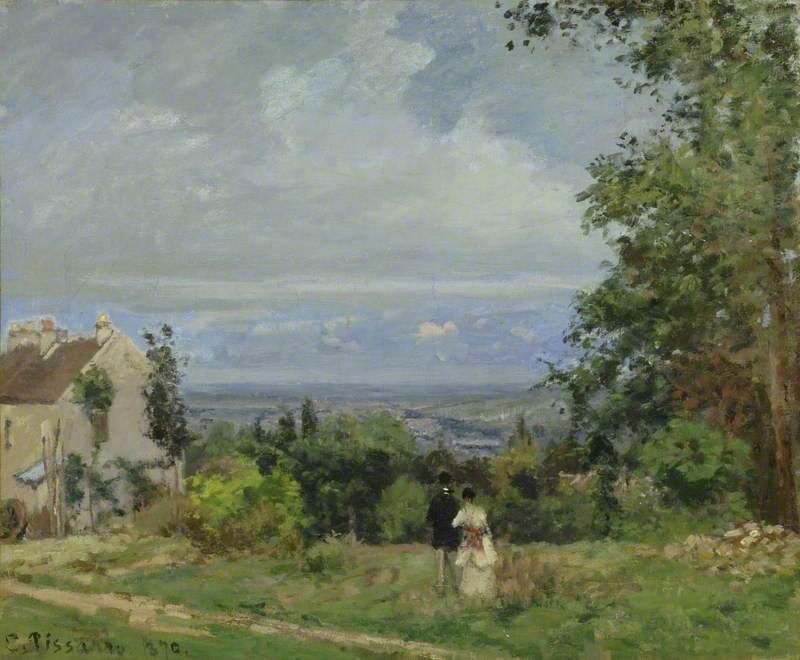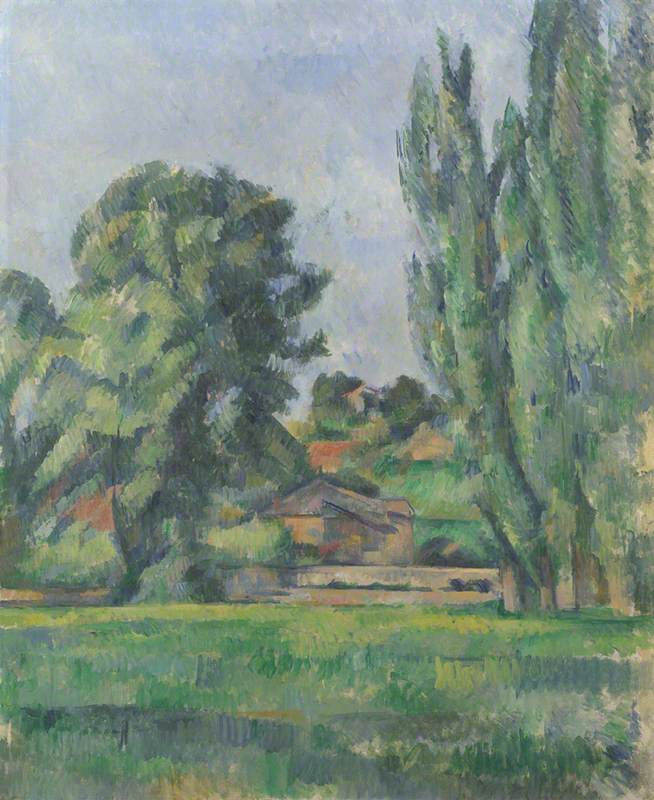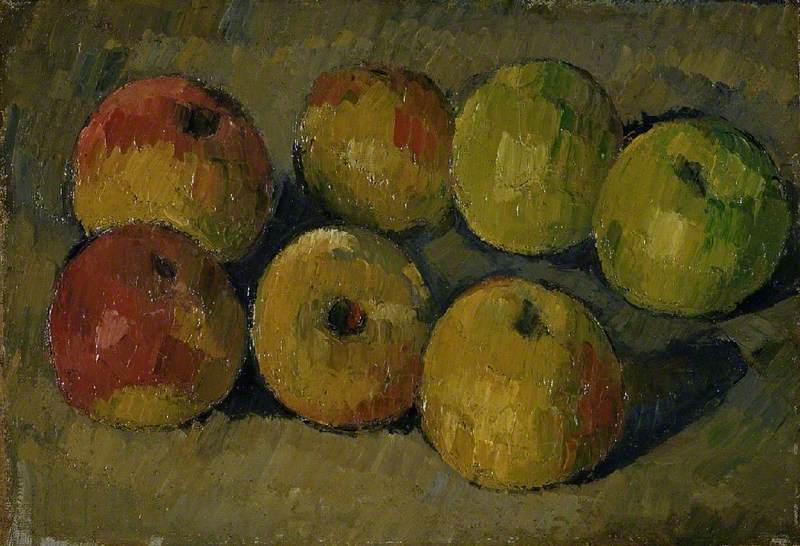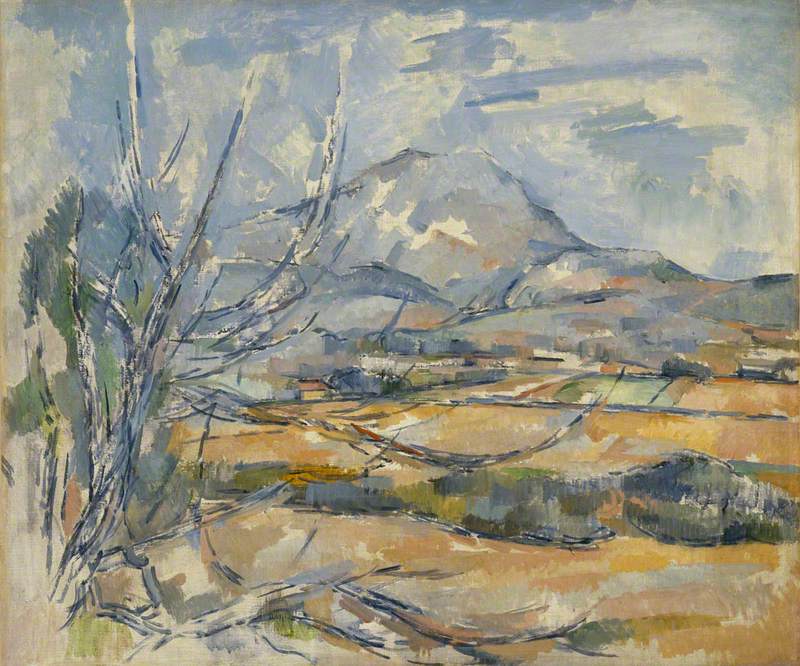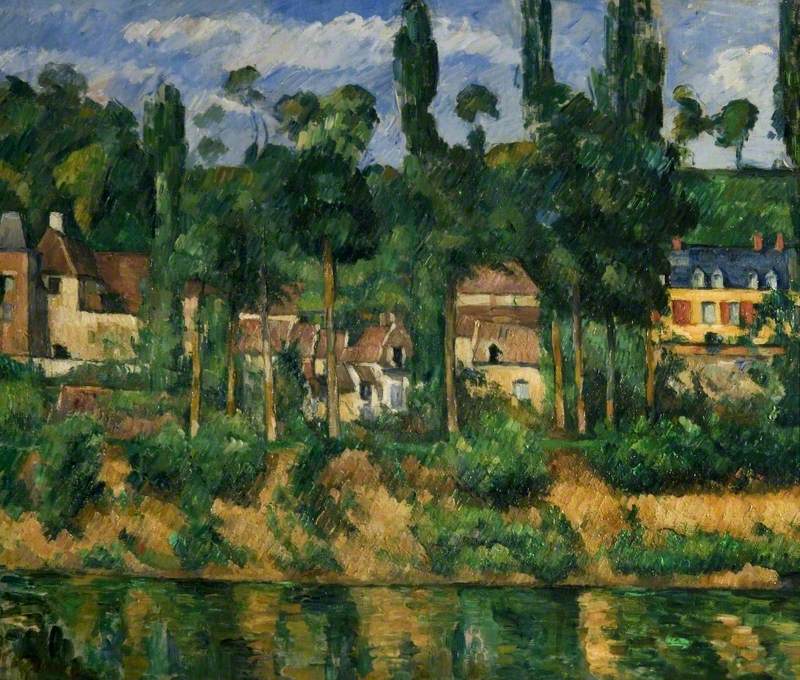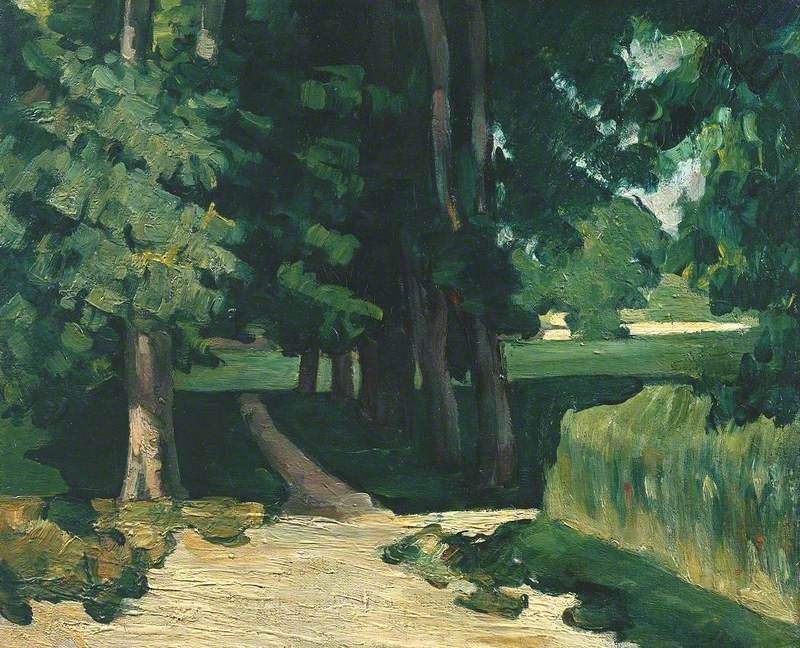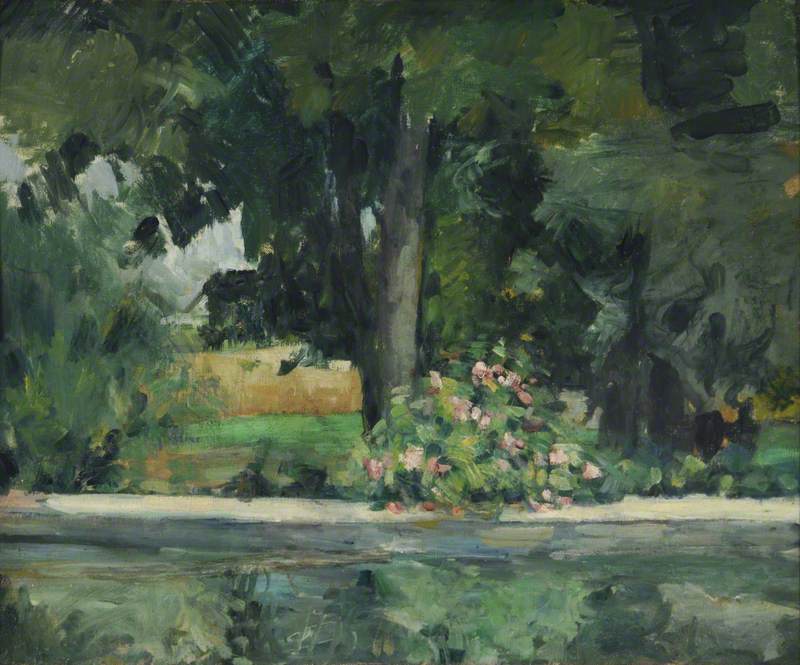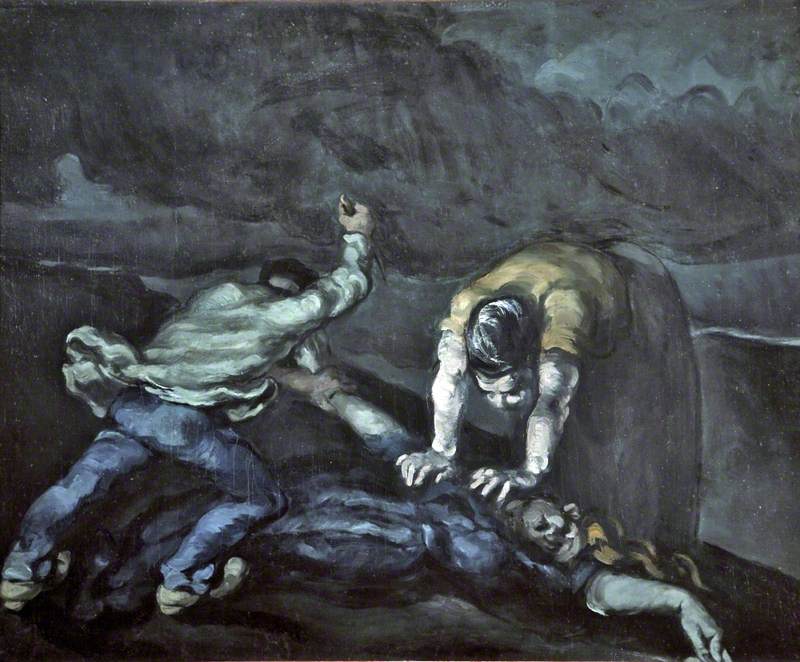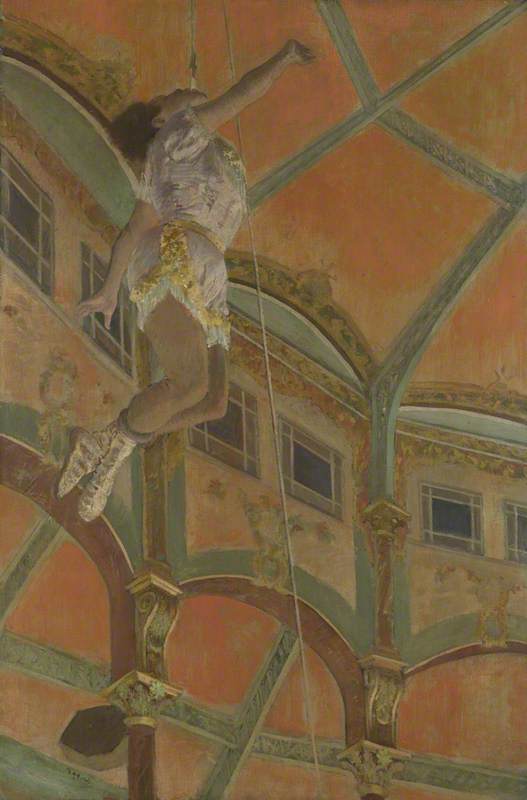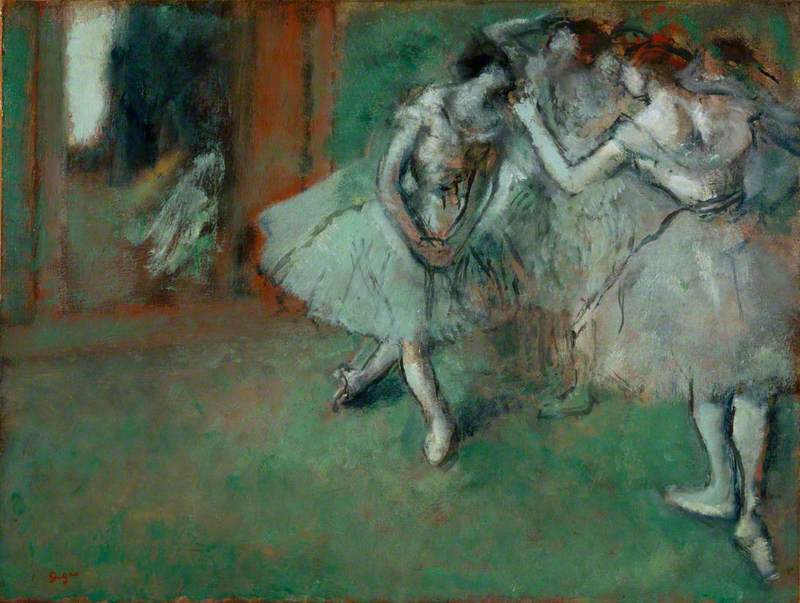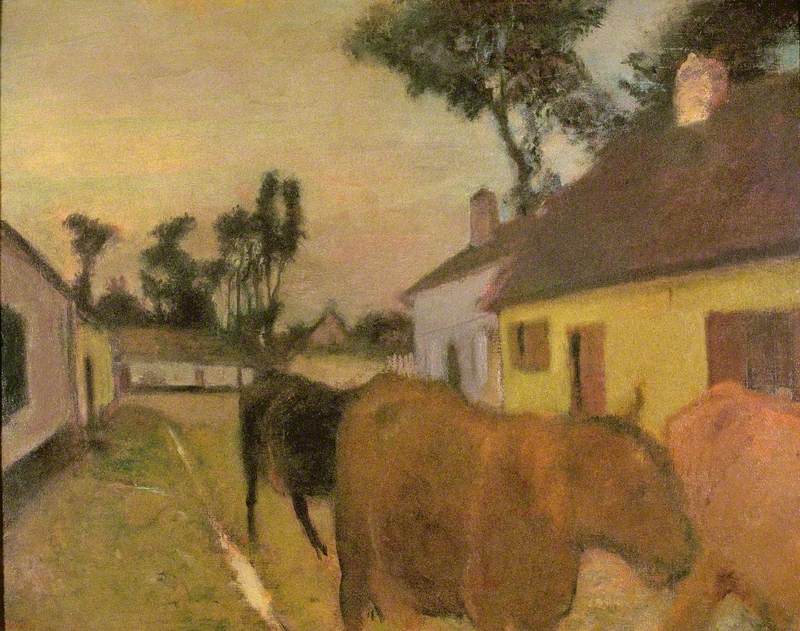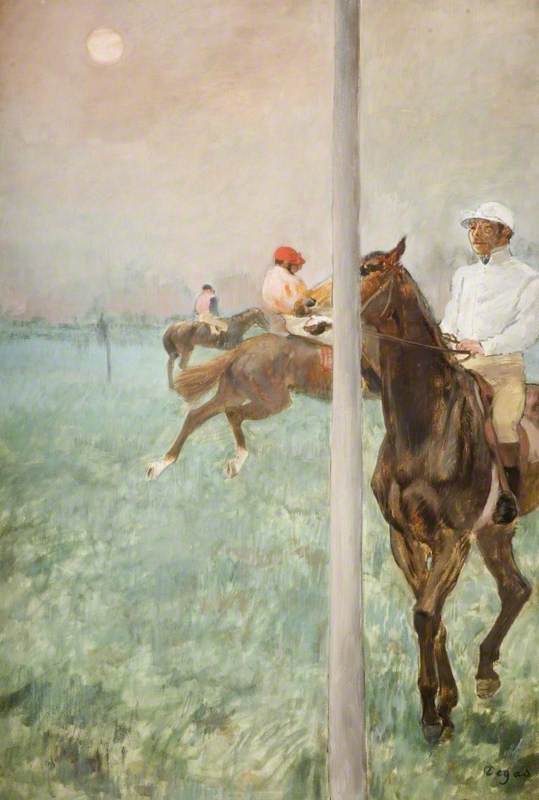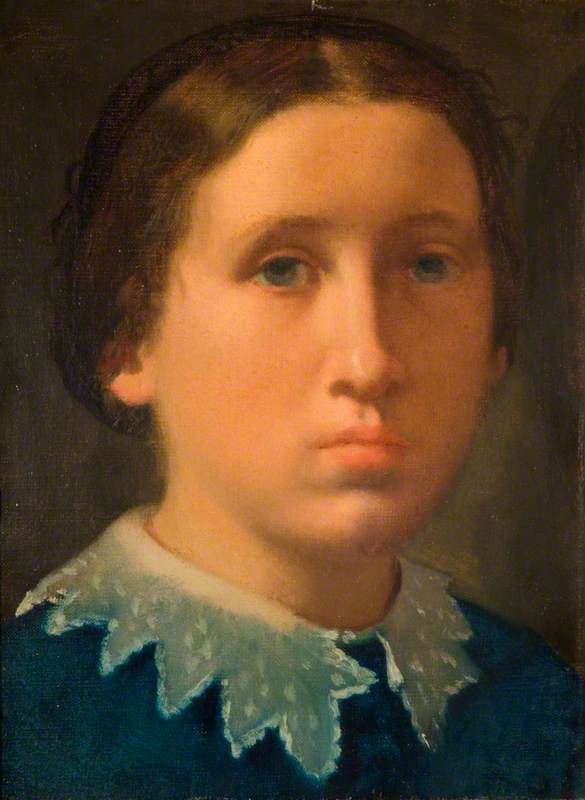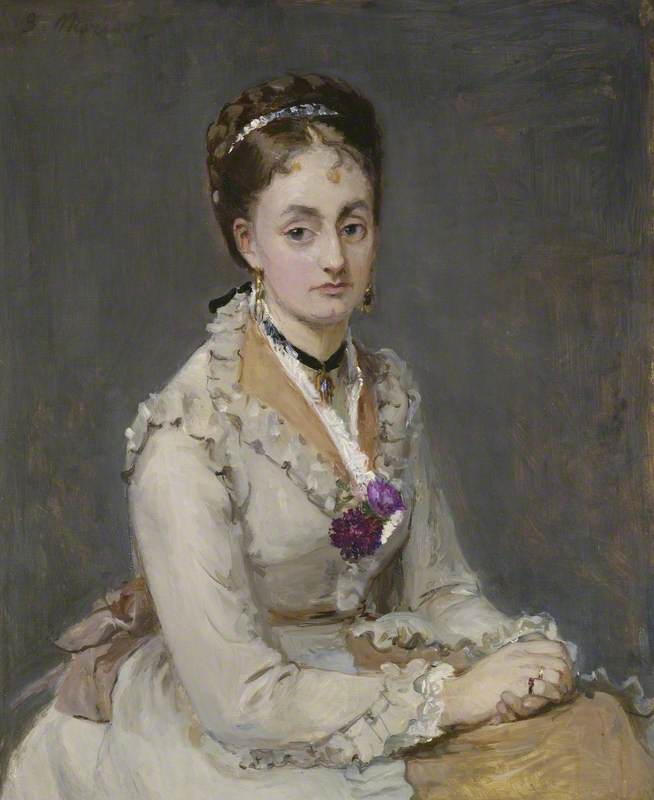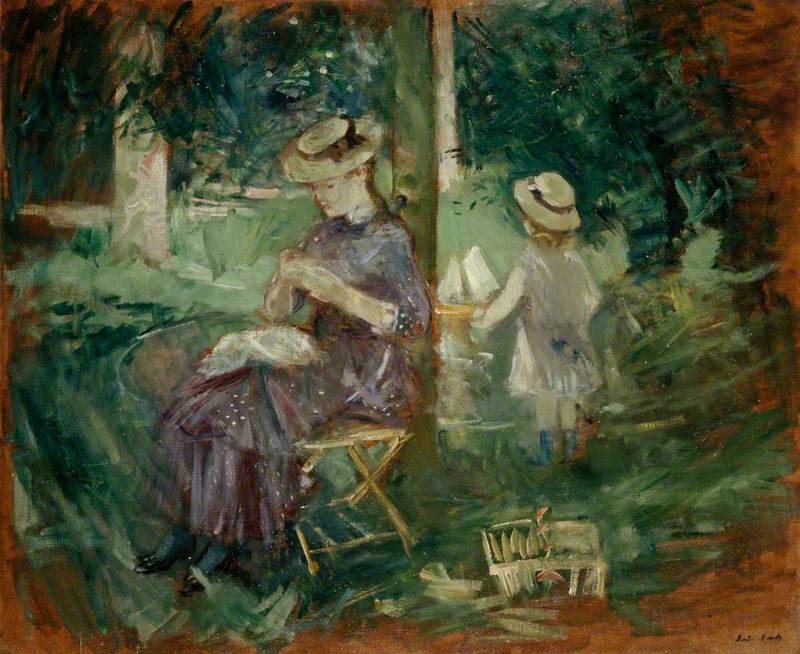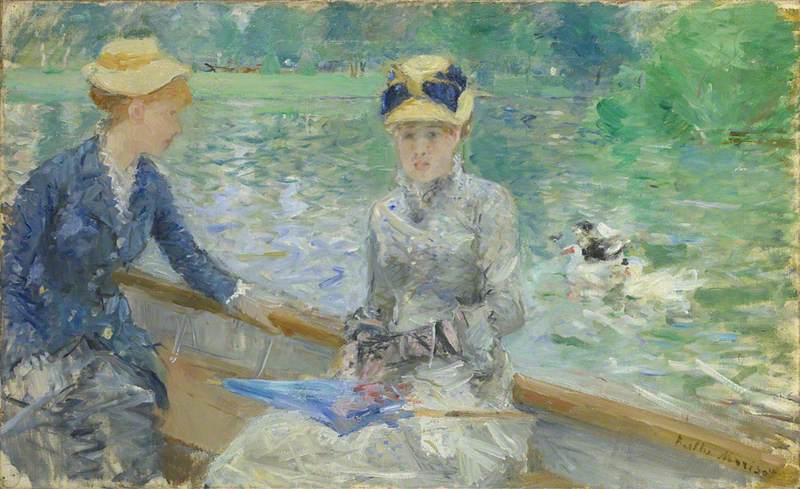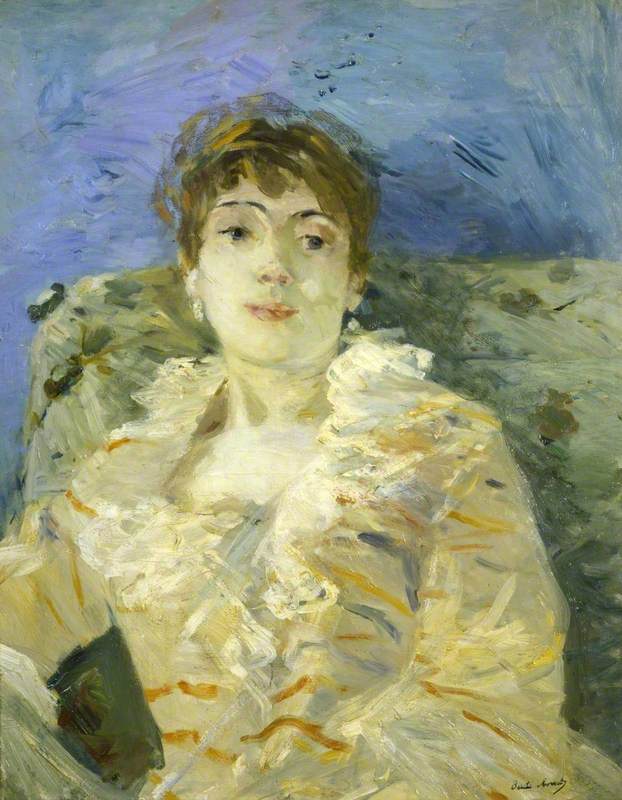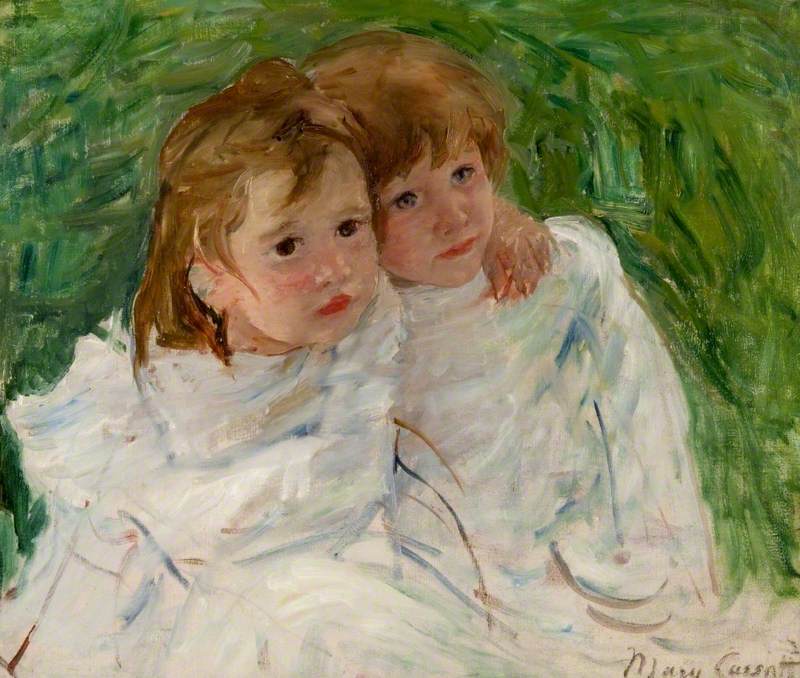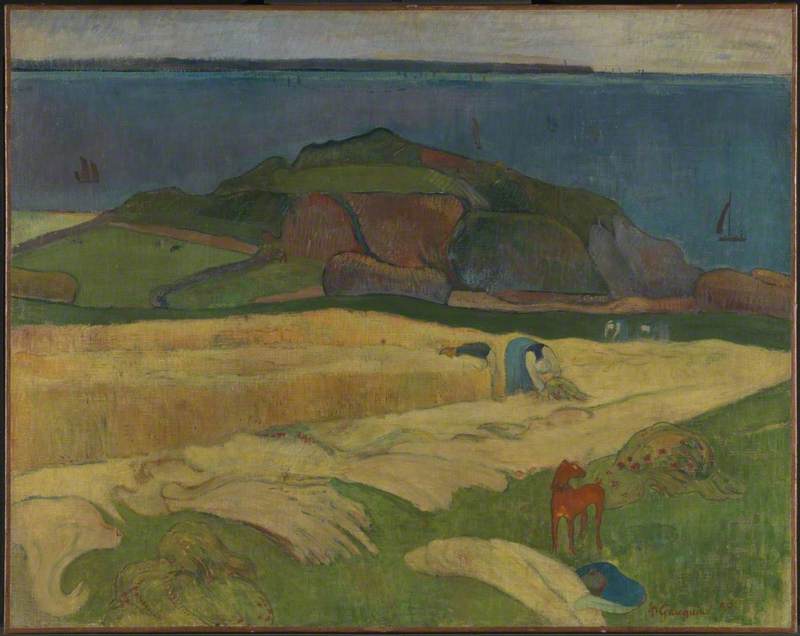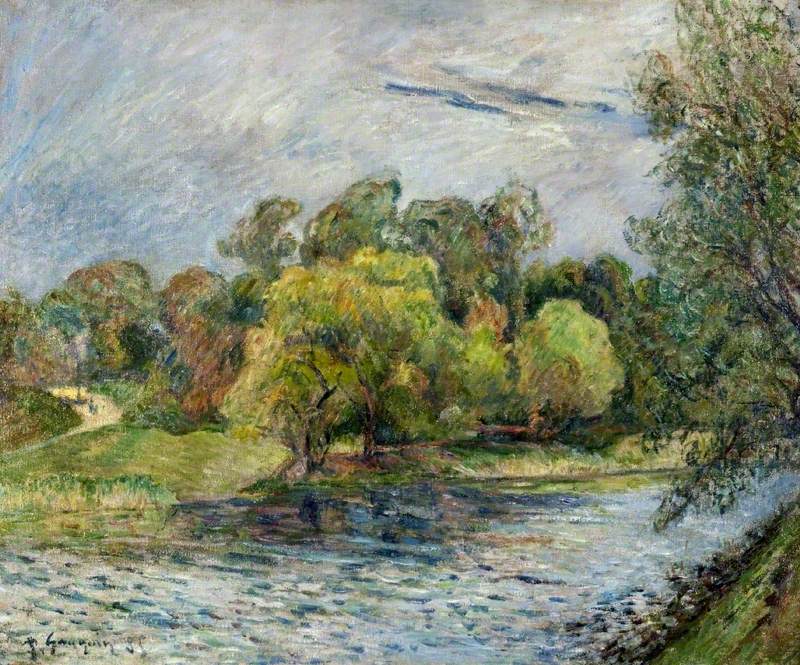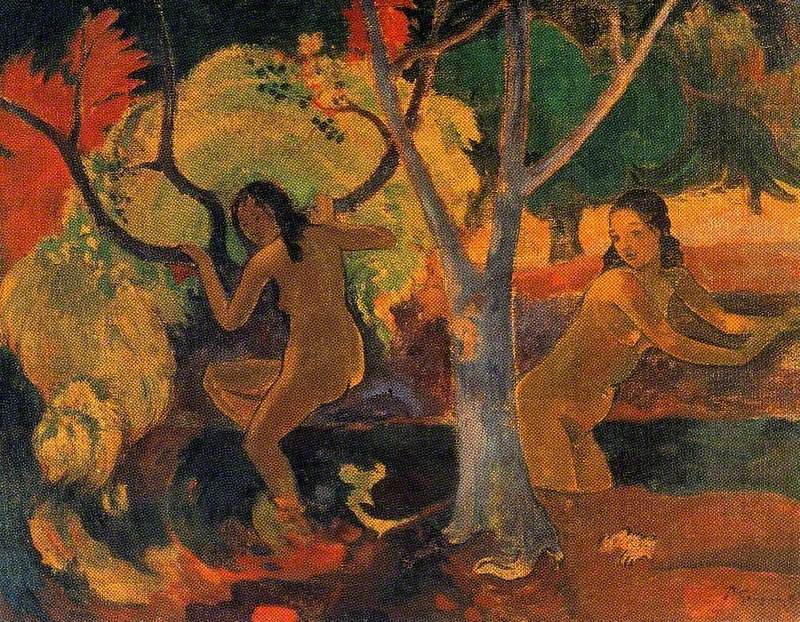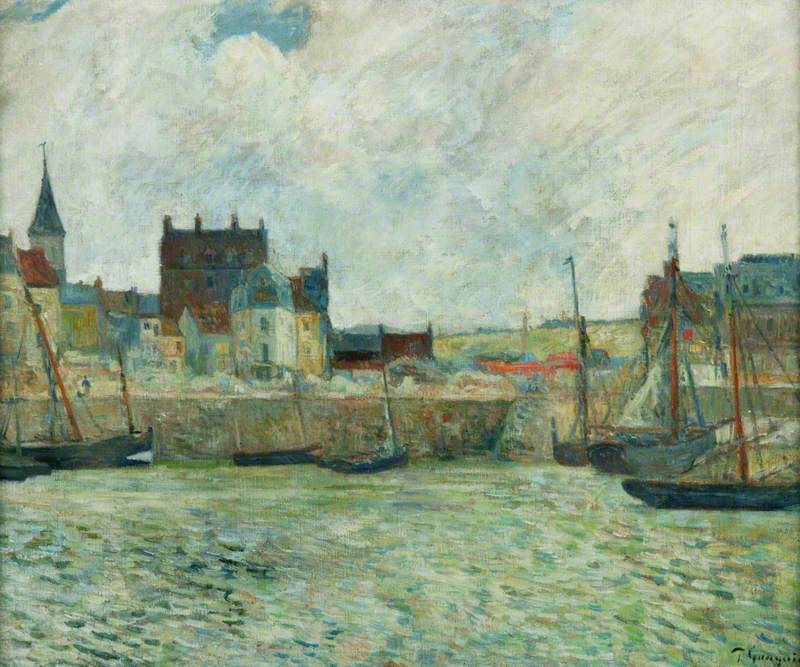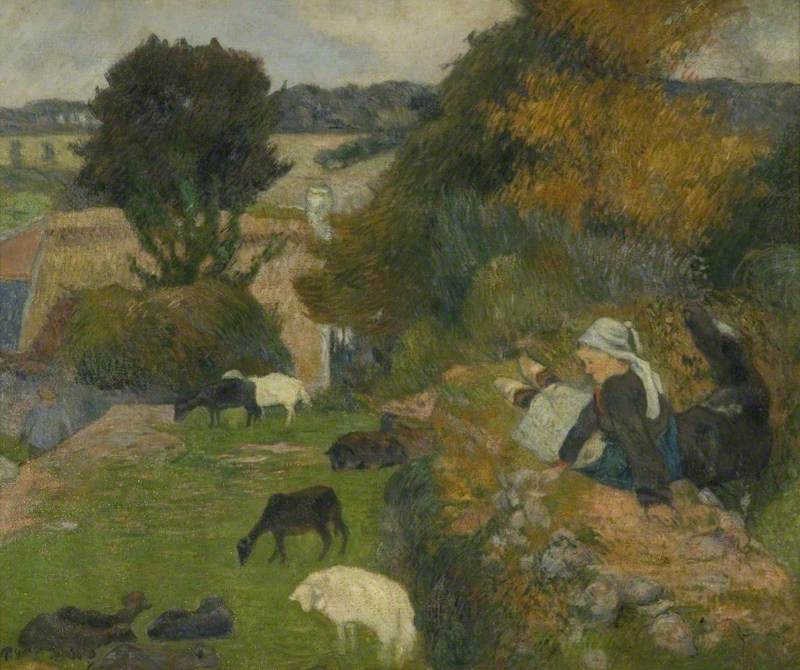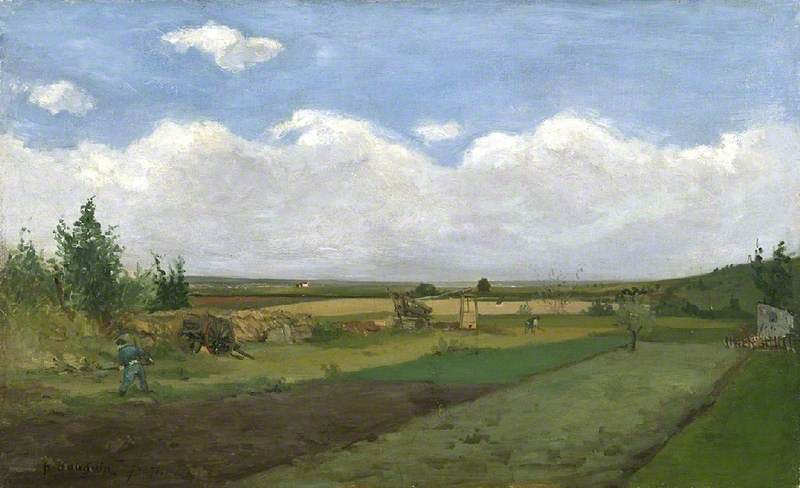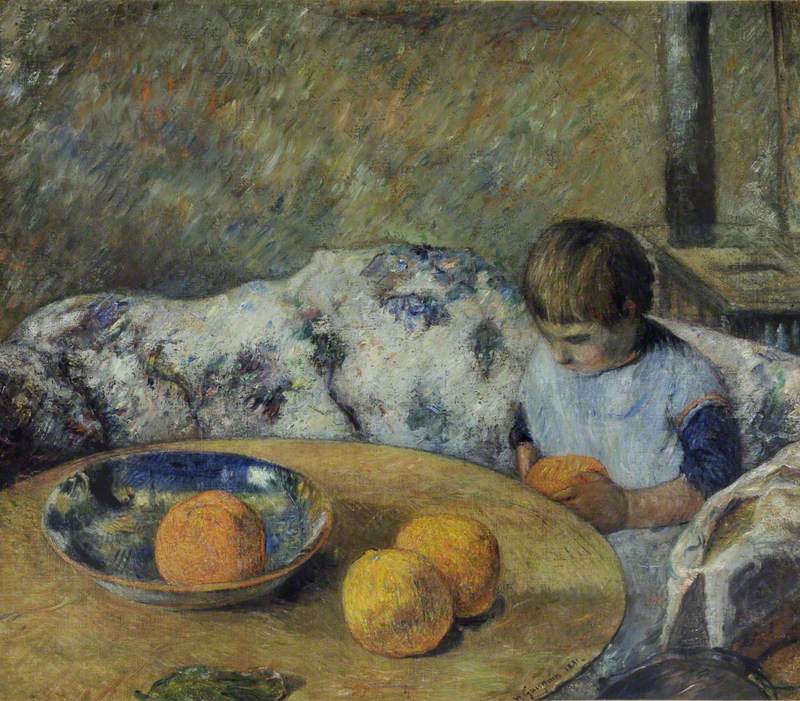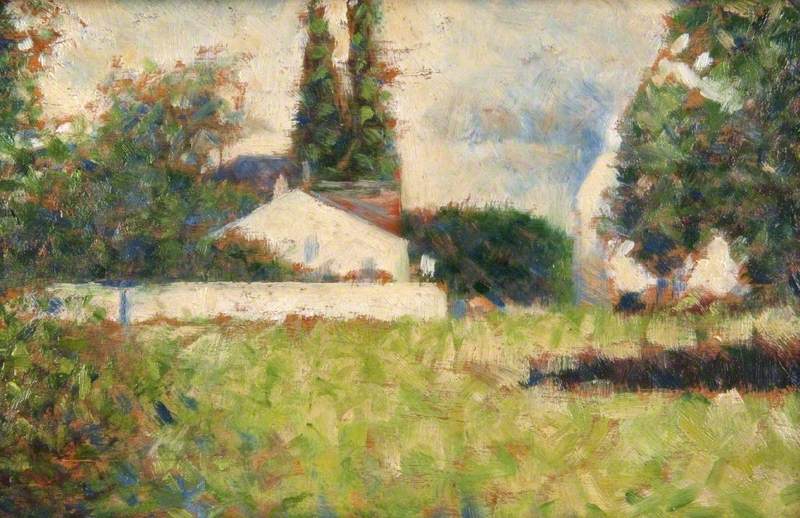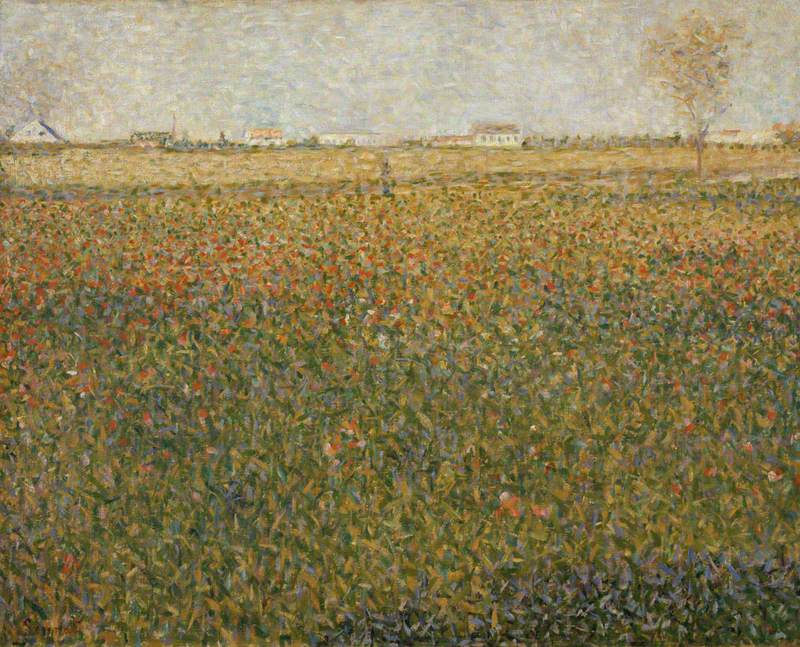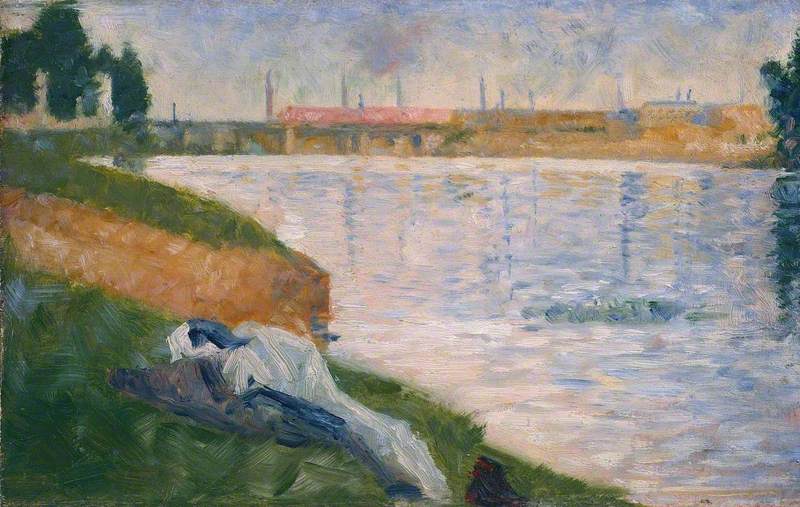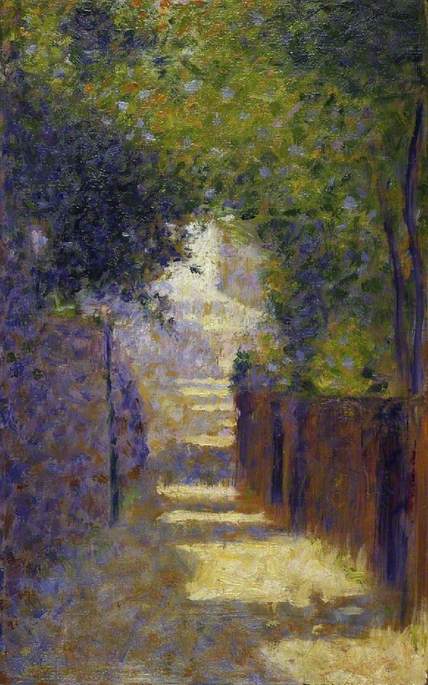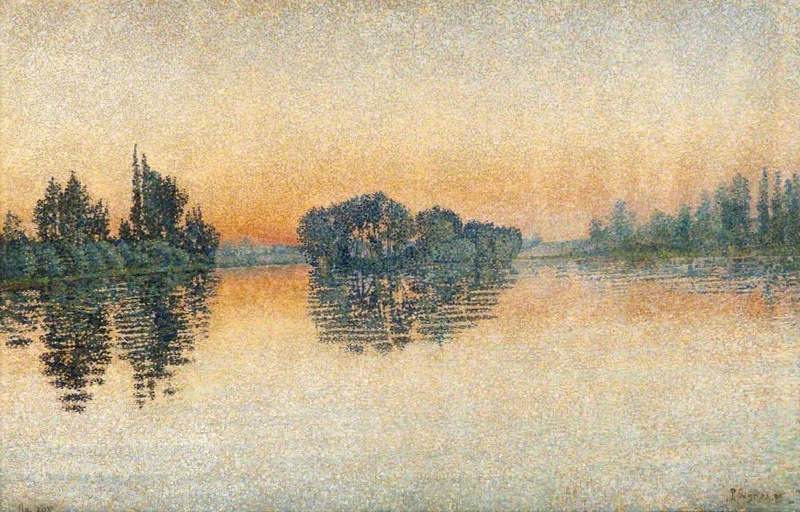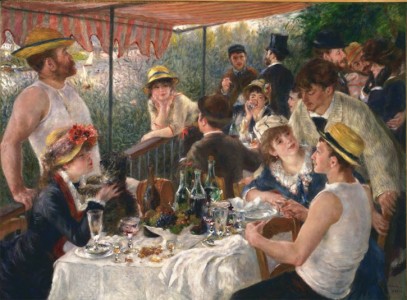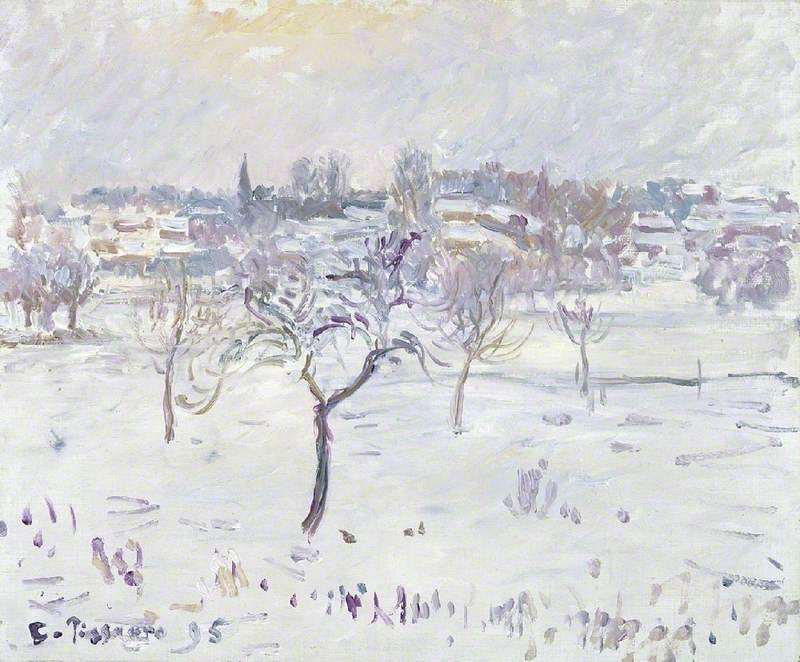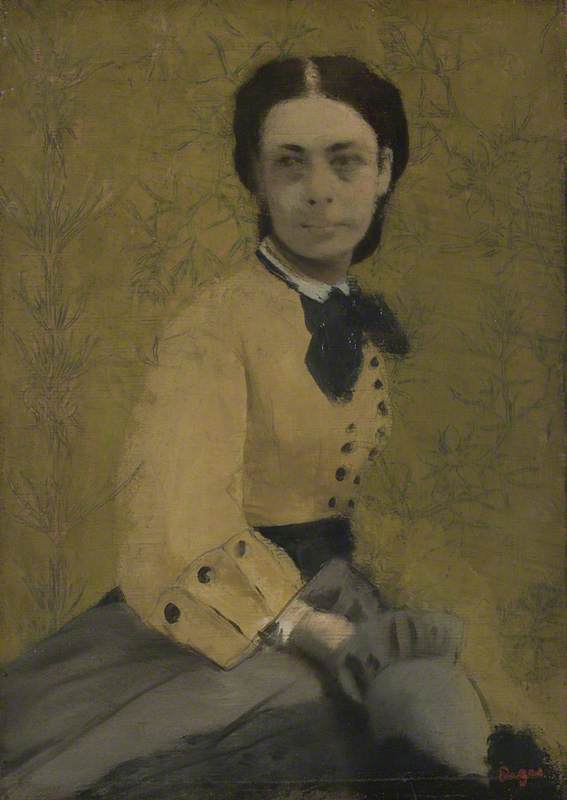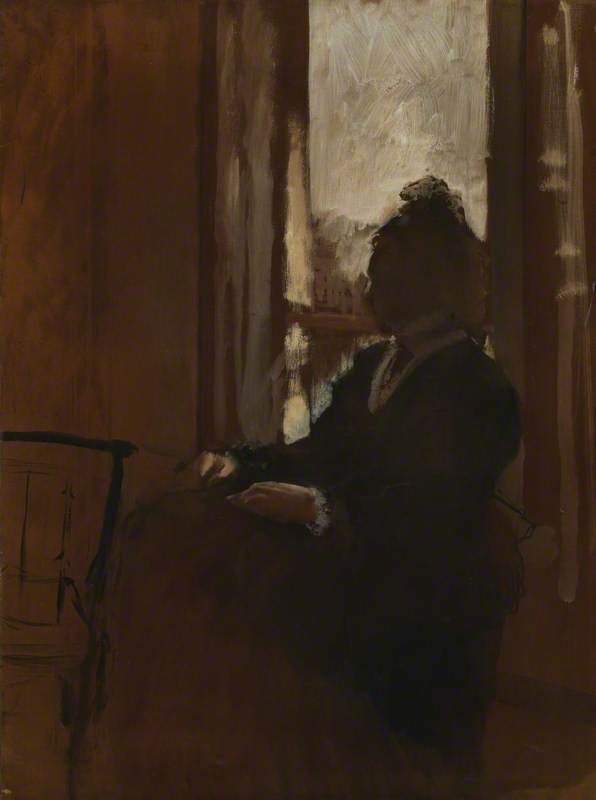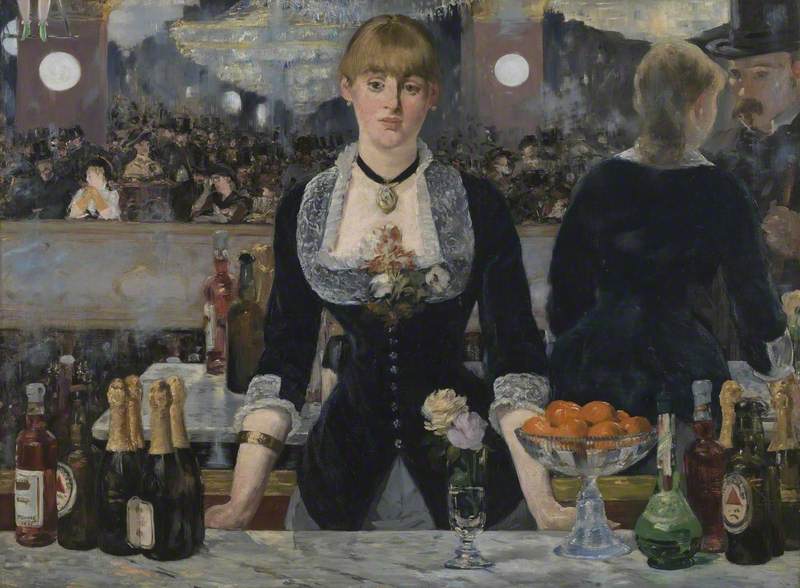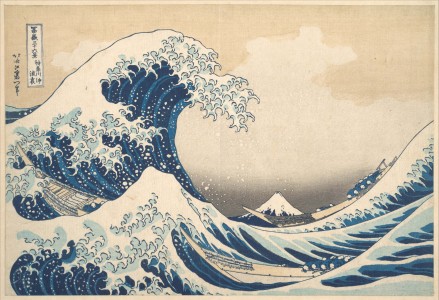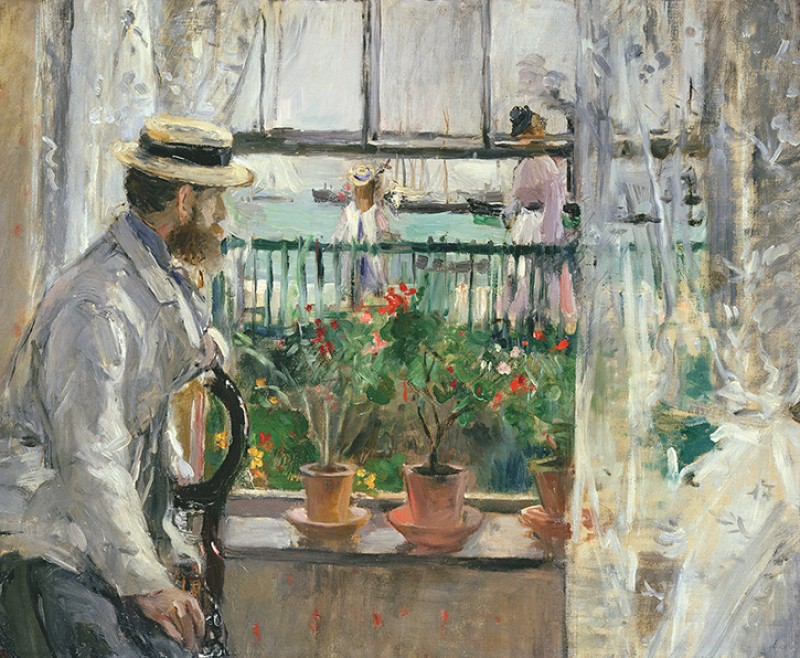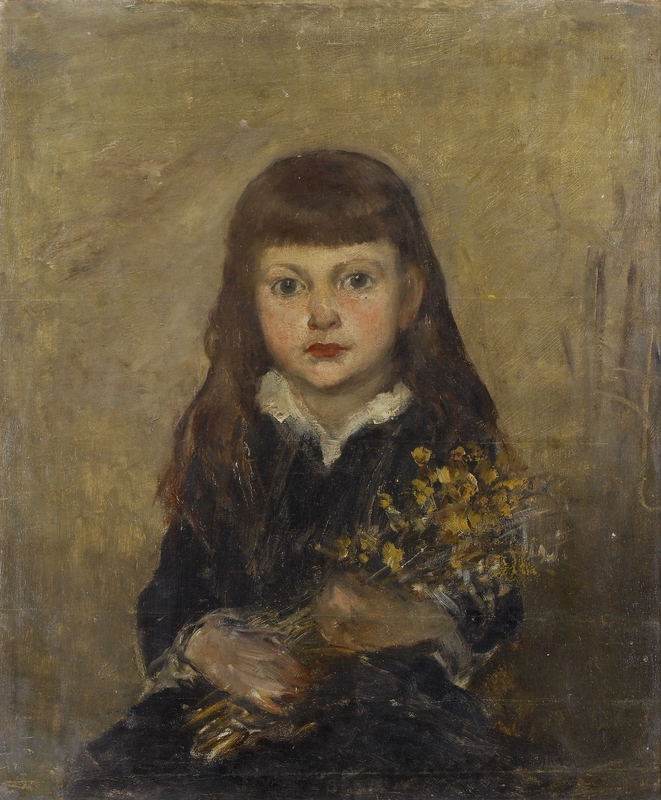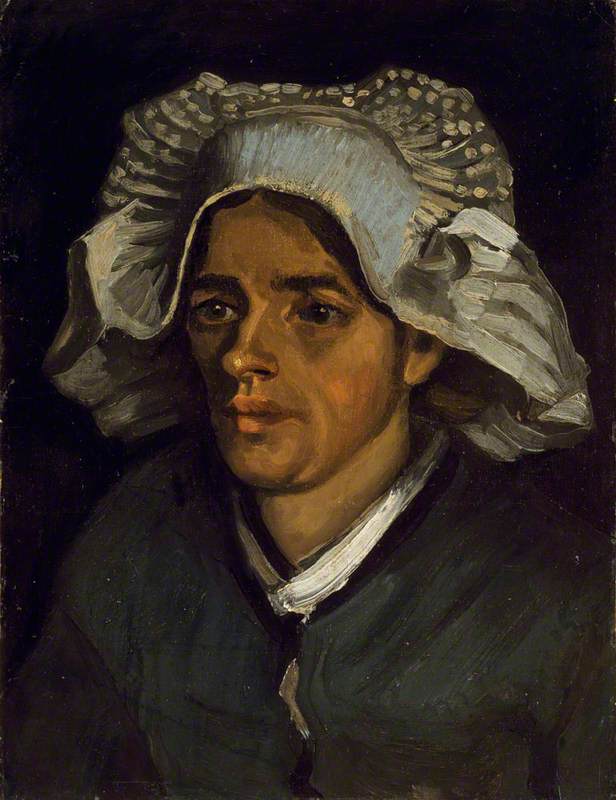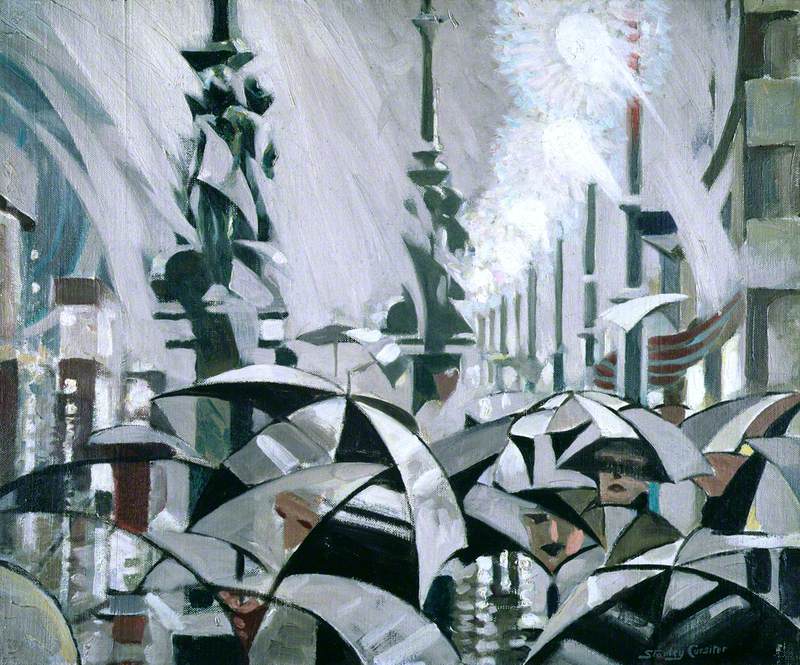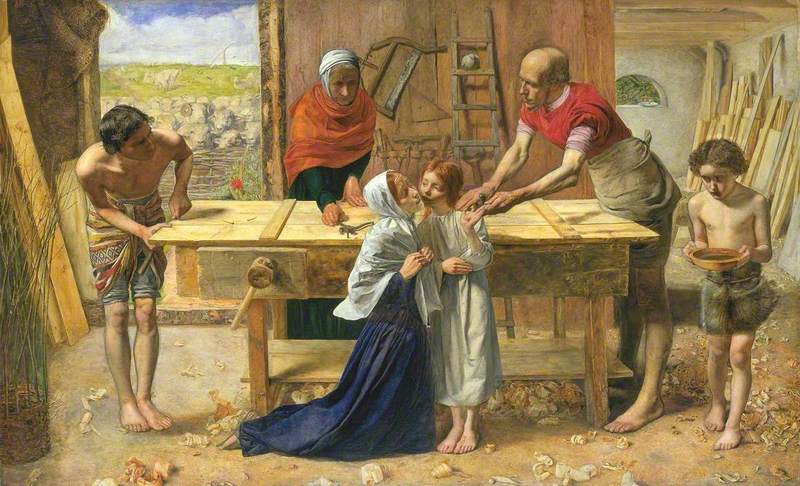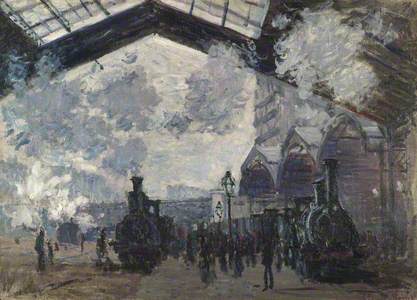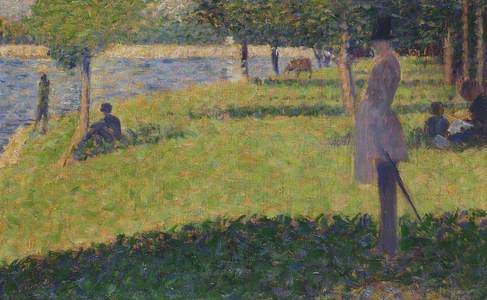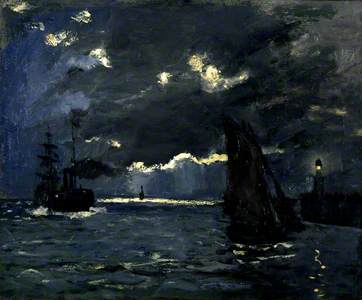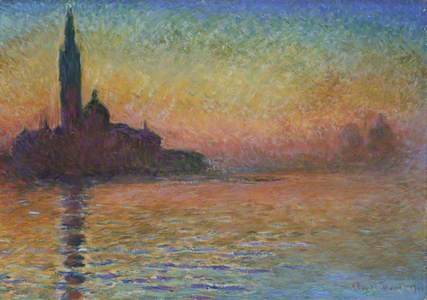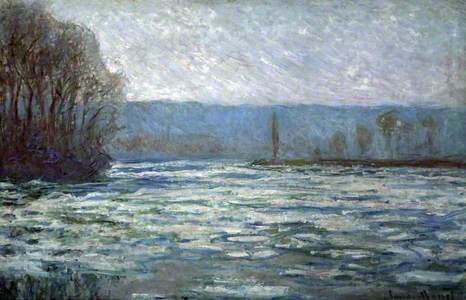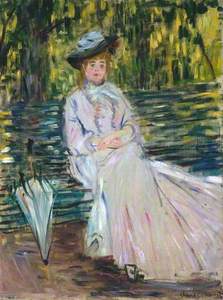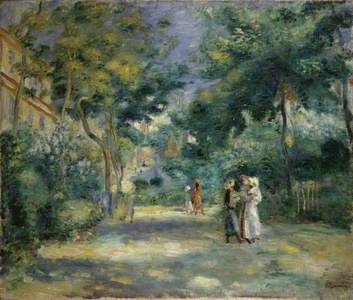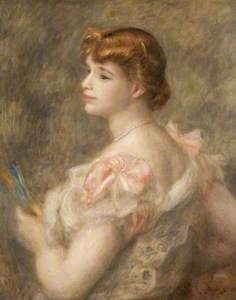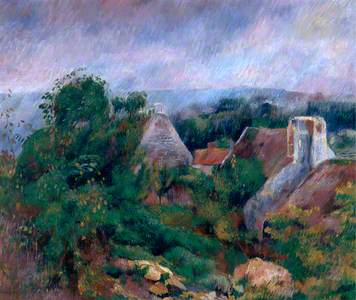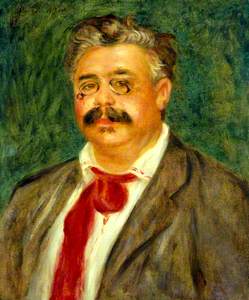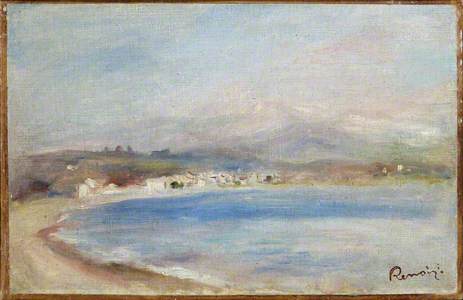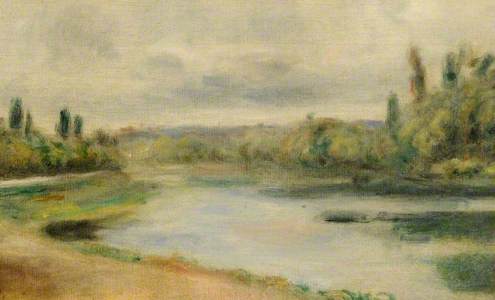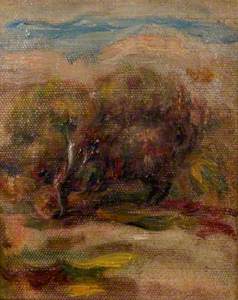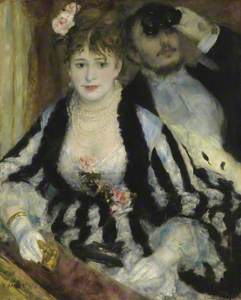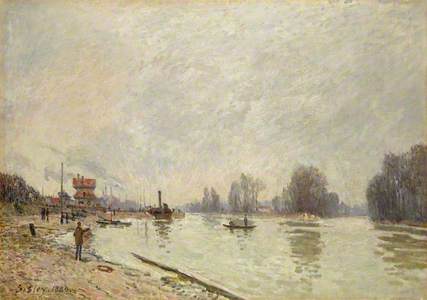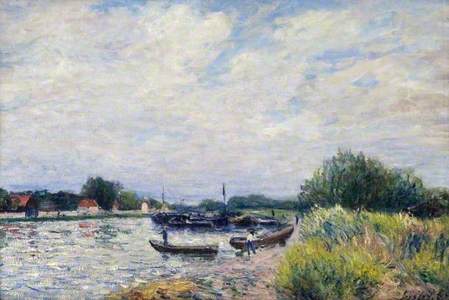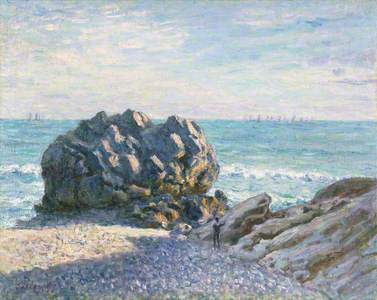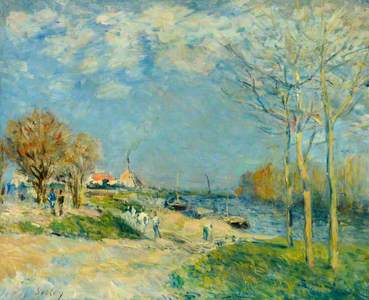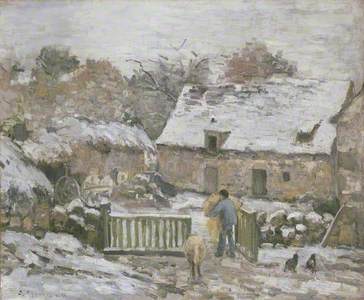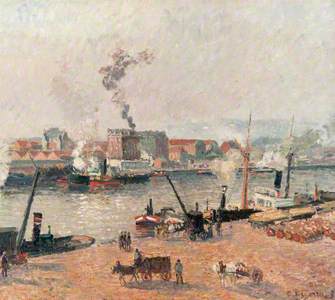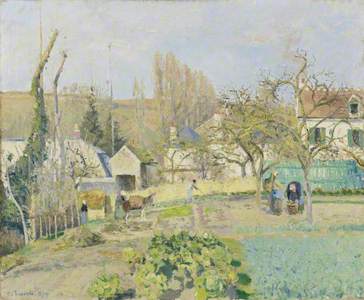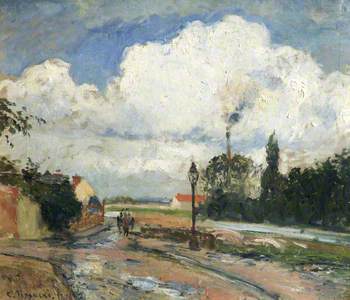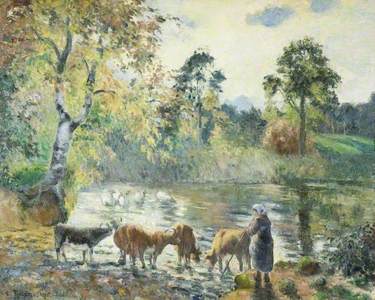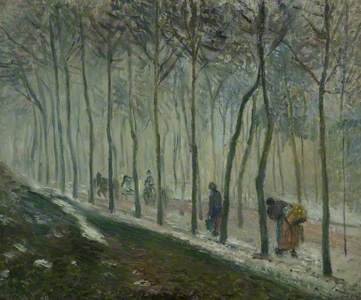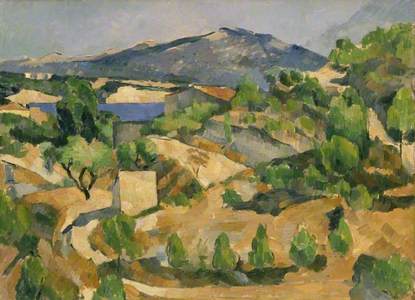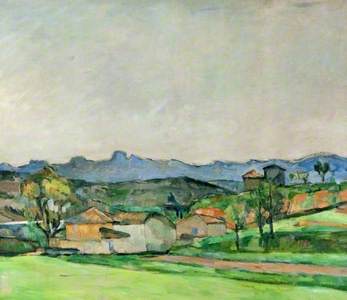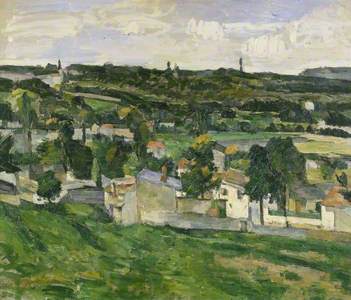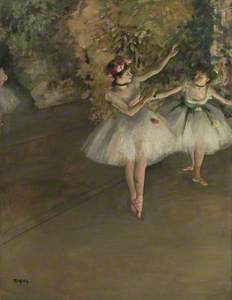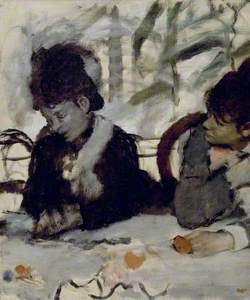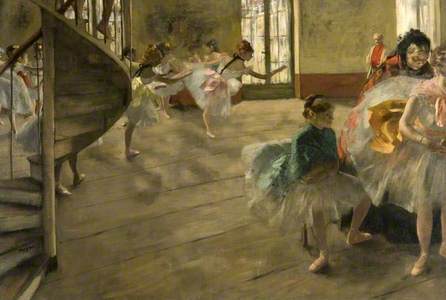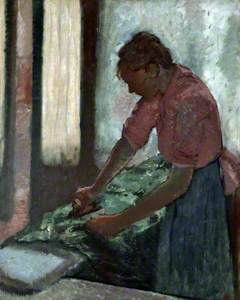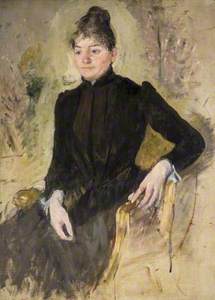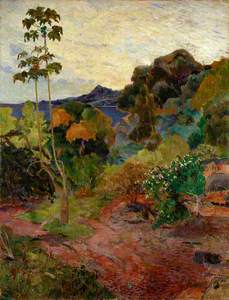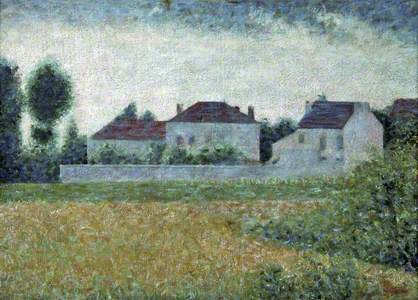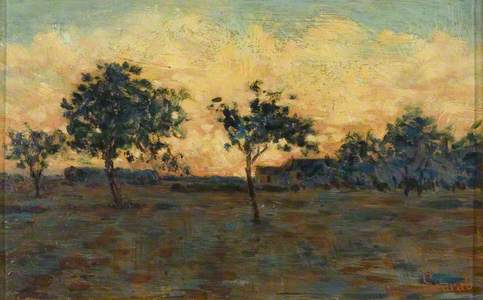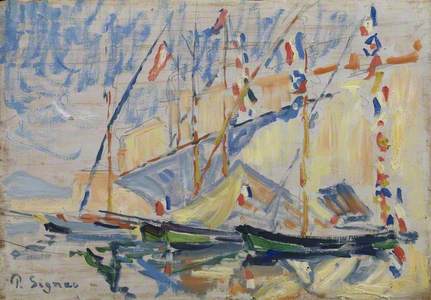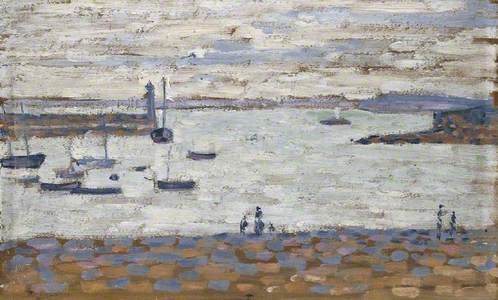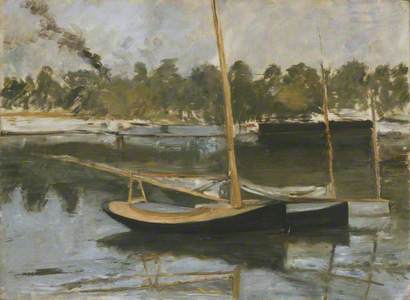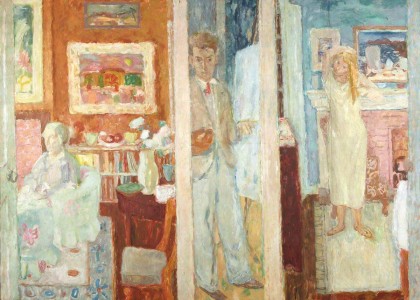Many books and articles have been written about the art movement known as Impressionism. There's a lot to say about the famous group of painters, and most of it can be very detailed.
If you haven't seen a painting by Claude Monet in person you almost certainly have seen a reproduction – on the internet, on advertising, just 'around'. In fact, here's one now:
But why is his work so famous? And why – around 150 years after the initial Impressionist works were created – do they remain so popular?
Impressionism was (to start with) a French art movement, and many works are still in France. However, there are great Impressionist works across the UK, and this article will show you some of them.
To begin, let's take a look at the name 'Impressionism'. Today, it seems innocuous – the paintings conjured up by the phrase are 'impressions' of the world, not an exact rendering. However, the term was first used to insult the artists. To understand why, we should transport ourselves back to France in the middle of the nineteenth century.
The French art world of the 1850s and 60s was tightly controlled by the Académie des Beaux-Arts. They saw their role as gatekeepers of standards and styles. It may be hard to grasp today, but they actually had a list of which types of paintings should be valued, and which should not. Top of the list was historical subjects, followed by religious themes and portraits. At the bottom end, they had decided landscapes and still life paintings were lesser works of art.
Furthermore, they liked paintings that looked realistic up close, neatly finished off so the brush strokes couldn't be seen, often with a limited colour palette. They had their favourite artists – the likes of Paul Delaroche, Jean-Léon Gérôme, William-Adolphe Bouguereau and Alexandre Cabanel. Their work looked like this:
Mary Victoria Leiter (1870–1906), Lady Curzon
1887
Alexandre Cabanel (1823–1889) 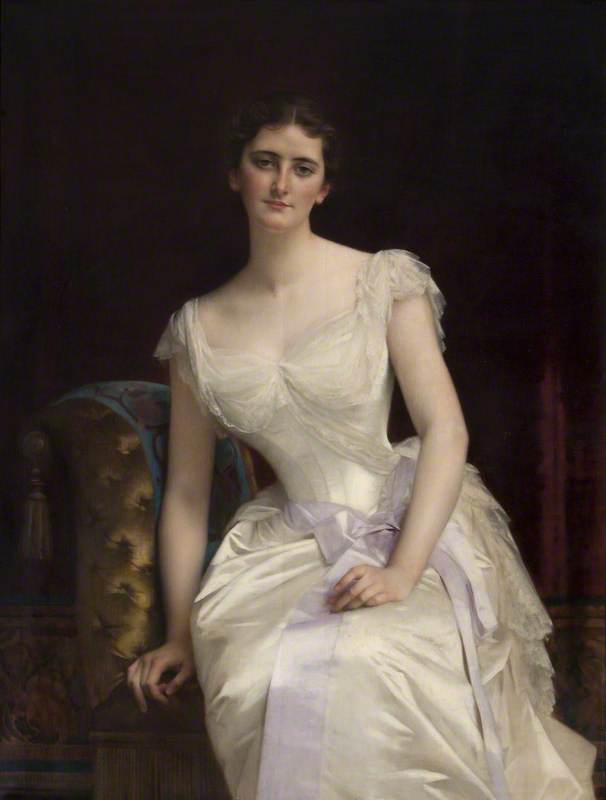
Charity
(La famille indigente (The Indigent Family)) 1865
William-Adolphe Bouguereau (1825–1905) 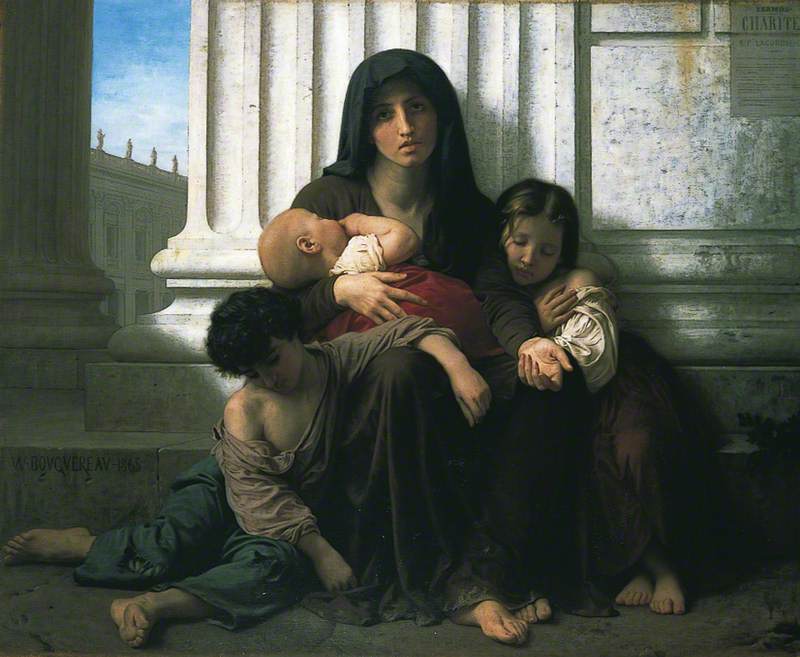
The man who took over Delaroche's studio in the 1840s was Swiss academic artist Charles Gleyre. In the early 1860s, four of his students found they had a common interest in painting landscapes and contemporary scenes, rather than history and mythology. They were Claude Monet, Pierre-Auguste Renoir, Alfred Sisley and Frederic Bazille. The quartet also favoured painting en plein air – i.e. outside in nature, with natural light, rather than in the studio.
This practice had become more widespread during the nineteenth century, partly because of the relatively new invention of tubes for oil paints.
This simple technological breakthrough actually had a huge impact on the course of art history. Before the nineteenth century, artists generally mixed their paints from natural pigments they ground up themselves, and they generally had to do this in a studio setting. The first artists to use these new-fangled tubes of paint en plein air were the Barbizon School of artists in the 1830s (people like Charles-François Daubigny and Théodore Rousseau), who tried to depict how the light changed in different weather conditions. Their work looked like this:
Morning on the Oise, Auvers
1859
Charles-François Daubigny (1817–1878) 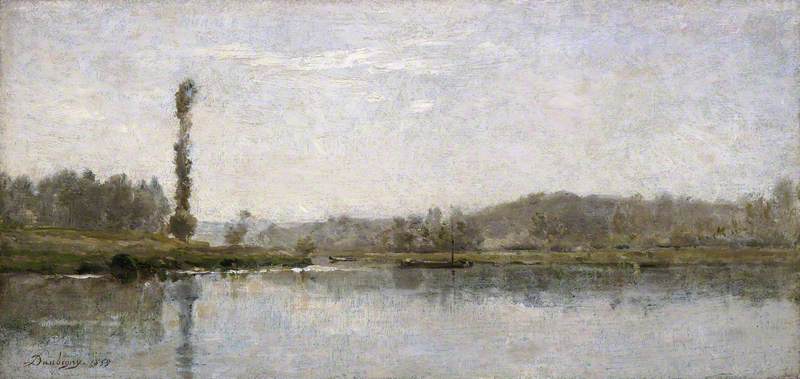
Un marais dans les Landes, France
c.1853
Théodore Rousseau (1812–1867) 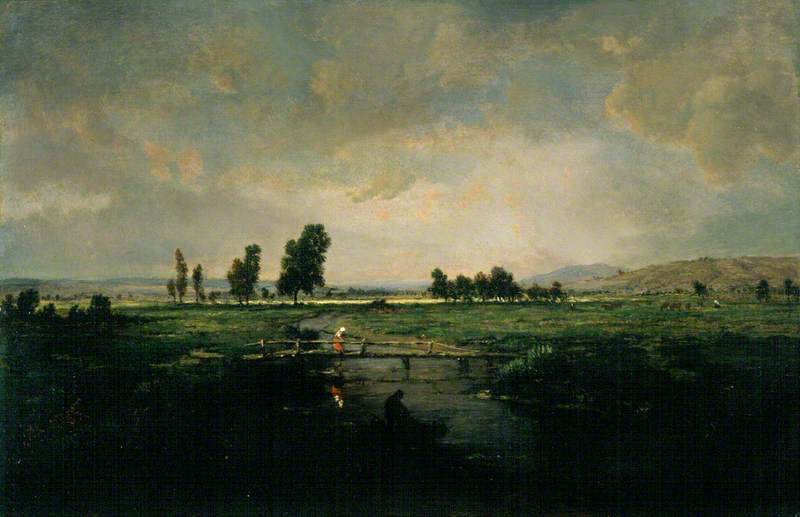
So when Monet, Renoir, Sisley and Bazille ventured into the countryside with their tubes of paint, they found they could paint the sunlight directly as it appeared in the outdoor air.
But in the nineteenth century, you couldn't find new artists on social media – they relied on getting their art into the public's consciousness through exhibitions. The most prestigious exhibitions were those staged by the Academie, and were known as 'salons'.
However, the kind of painting that Monet and the others were trying out so infuriated the Academie that they rejected all the paintings submitted to them in this new style. In fact, it got so bad that in 1863 two-thirds of the total paintings submitted were refused.
When the French emperor, Napoleon III, was made aware of the backlash, he demanded that the Academie exhibit the rejected works in another show, called a 'Salon des Refuses'. This featured works by Édouard Manet and James Abbott McNeill Whistler, and allowed the public to decide what they liked – although there were reports that many of the visitors came to laugh at the paintings on display.
« Le "Déjeuner sur l’herbe" constitue l’une de ses premières tentatives de mettre à nu la peinture, et l’œil du spectateur avec elle ».
— Musée d'Orsay (@MuseeOrsay) June 12, 2022
Découvrez l'analyse du célèbre chef-d'œuvre de #Manet sur le site @Histoire_image :
https://t.co/0qD3YnTbZE pic.twitter.com/OnyGZMvTY1
The group struggled on, but 1870 saw the outbreak of the Franco-Prussian War. Monet escaped to London, where he met up with fellow artists Camille Pissarro and Whistler, and admired the works of John Constable and J. M. W. Turner. Renoir stayed in Paris (although he was almost killed by the revolutionary Communards for being a spy, until one of the leaders recognised him). Sisley's father's silk business failed, and the artist was to live in poverty for the rest of his life. Worst of all, Bazille was killed in action – interestingly none of his works are in the UK today.
Following the war, the group continued to find their artworks rejected by the Salon (and were even refused another Salon des Refusés), so they teamed up with Pissarro, Paul Cézanne, Berthe Morisot, Edgar Degas and several others to form their own anonymous group in December 1873. They called it the Société Anonyme Coopérative des Artistes Peintres, Sculpteurs, Graveurs (Cooperative and Anonymous Association of Painters, Sculptors, and Engravers).
In April/May 1874 the artists decided to put on their own exhibition in a photographer's studio in Paris.
And this – at last – is where the word 'Impressionism' comes from – the title of one of Claude Monet's works in the show was Impression, soleil levant (Impression, Sunrise). The critic Louis Leroy used the painting's title to coin the negative term in a satirical review published in the Parisian newspaper Le Charivari.
View this post on Instagram
There were eight Impressionist exhibitions in total, from 1874 to 1886.
The first exhibition was led by Monet, Degas, Renoir, Pissarro and Morisot. In total, 165 pieces of work by 30 artists were included. The second was in April 1876 and moved to three rooms in the Durand-Ruel Gallery. Only 20 artists took part but more works were shown – 252 pieces in total.
The third took place in April 1877, by which time the group had accepted the name 'Impressionists' for themselves. This exhibition presented 241 works by 18 painters and was led by Gustave Caillebotte, whose independent wealth came in handy! However, none of his works are in UK collections. Monet included his paintings of St Lazare train station, one of which is today in London's National Gallery.
The fourth exhibition, in April–May 1879, turned out to be extremely popular – 15,000 people saw the show, compared with just 4,000 who went to the first one. It lacked several notable names like Cézanne, Renoir, Morisot, Guillaumin and Sisley, but it was the first to show works by Paul Gauguin, Marie Bracquemond and the Italian Federico Zandomeneghi (although the latter two have no works in UK collections). Of the 16 artists who showed 246 works, only 14 were listed in the catalogue as Gauguin and Ludovic Piette (also nothing in the UK) were last-minute additions.
The fifth Impressionist exhibition took place in 1880 and displayed 232 artworks by 19 artists. However, you would not know this from the poster, on which the three women artists – Marie Bracquemond, Mary Cassatt, and Berthe Morisot – were not listed. To his credit, Degas was dismayed by this decision and complained (correctly) that it was 'idiotic'. Cassatt and Morisot had funded the exhibition, so were not keen to be named, and Bracquemond was a late addition, but it still looked pretty bad.
As well as this fiasco, the 1880 exhibition was the first in which Monet did not participate. He had managed to get one of his works accepted at the Salon, a small sign that Impressionism was becoming more accepted by the art establishment. The exhibition was also notable for displaying Gauguin's first sculpture, a marble bust of his wife Mette, now in the Courtauld, London.
By 1881, many of the 'big names' of Impressionism had stepped back from the exhibitions, and the sixth saw the primacy of Degas – he chose which artists were invited and set the overall vision, with a broader definition of 'Impressionism'. It was much smaller than previous exhibitions, with 13 artists displaying 170 works, back in the original location. The most notable piece was Degas' debut of his sculpture Little Dancer Aged Fourteen – this version in the Tate collection is a posthumous cast.
The seventh Impressionist exhibition in March 1882 saw the return of Monet, Sisley and Caillebotte. However, Degas, Cassatt and Zandomeneghi (and others who had exhibited in previous shows such as Jean-François Raffaelli and Jean-Louis Forain) did not join, as artists were moving on to try other techniques. The exhibition included 203 works by just nine artists who were holding onto Impressionism, including Morisot, Renoir and Pissarro.
The eighth and final Impressionist exhibition took place in May–June 1886, with many of the artists who had exhibited in previous years – Degas, Cassatt, Zandomeneghi, Forain, Gauguin, Monet, Renoir, Pissarro and Marie Braquemond – all returning. The show featured 246 works by 17 artists, and for the first time included artworks by Pissarro's son Lucien, Georges Seurat and Paul Signac.
Looking back now, Seurat's Sunday Afternoon on the Island of the Grande Jatte (original in The Art Institute of Chicago, but studies in both The National Gallery and the Fitzwilliam Museum in Cambridge) perhaps showed the beginnings of what was to be termed Post-Impressionism.
Study for 'A Sunday on the Island of La Grand Jatte': Couple Walking
Georges Seurat (1859–1891) 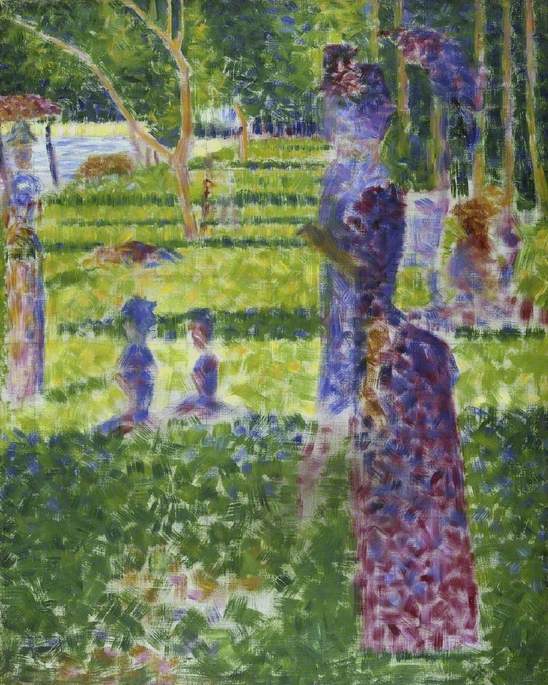
There were many artists featured in these exhibitions, and they all took place in Paris. Today – perhaps unsurprisingly – there are many Impressionist paintings still in France, and of course throughout the world's top galleries.
But where can you see some right here in the UK?
Of the initial quartet, there are works by Monet, Renoir and Sisley in UK collections. But remember there are no Bazille paintings – as he was killed in the Franco-Prussian War his output was limited and at the time he didn't gain the international fame of the artists who took part in the exhibitions. There's plenty to explore by other artists, including Pissarro, Degas, Cézanne, Morisot, Cassatt and more.
What follows is a handy guide showing you where you can see Impressionist works in the UK. This is not a comprehensive list of all the artists who participated in the eight Impressionist exhibitions, but it will help you find some works by some of the bigger names. If you want to find works by the likes of Guillaumin, Raffaelli and Forain, then you can explore our artist search. Also, check with the collection before going that the artwork you want to see is on display – some may be on loan or in storage.
Monet
There are 48 paintings by Monet in UK public collections. National Galleries of Scotland in Edinburgh has five, including an early work from around 1864 of a moonlit harbour and a later one of his famous haystacks.
But the most northerly is this one in Aberdeen.
Glasgow's Kelvingrove has two.
Wales has many Monets, with nine in Amgueddfa Cymru – National Museum Wales alone. This is one of three Monet paintings of waterlilies purchased by Gwendoline Davies in Paris in 1913 and bequeathed to the museum in 1951.
Other gems in Cardiff include San Giorgio Maggiore by Twilight and Rouen Cathedral (one of a famous series of the same scene looking at light), both also purchased by Gwendoline Davies. Charing Cross Bridge was purchased by Gwendoline's sister Margaret.
San Giorgio Maggiore by Twilight
1908
Claude Monet (1840–1926) 
Rouen Cathedral: Setting Sun (Symphony in Pink and Grey)
1892–1894
Claude Monet (1840–1926) 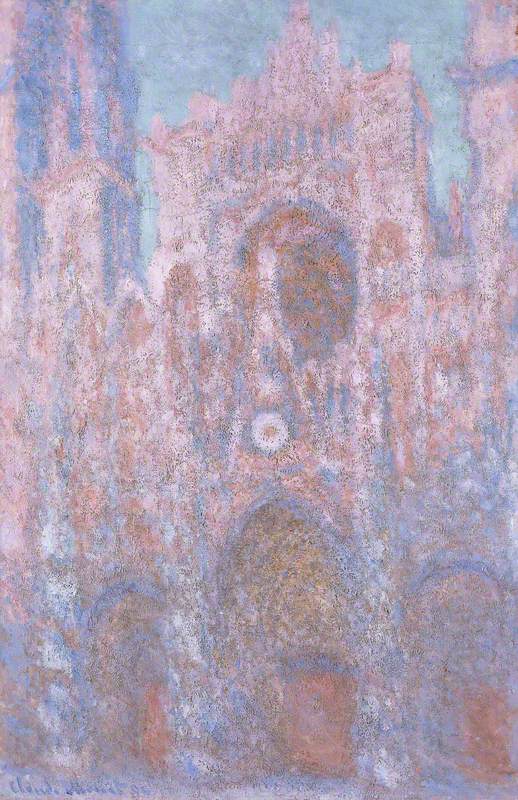
This early work is also in Wales, in Swansea's Glynn Vivian Art Gallery.
Heading further south – in fact, the most southerly Monet in the UK is The Church at Vétheuil in Southampton City Art Gallery.
Across England, there are various others. The Walker Art Gallery in Liverpool, The Barber Institute in Birmingham, The New Art Gallery Walsall, Chartwell and the Ashmolean in Oxford all have one each.
Le chemin creux dans la falaise à Varengeville
1882
Claude Monet (1840–1926) 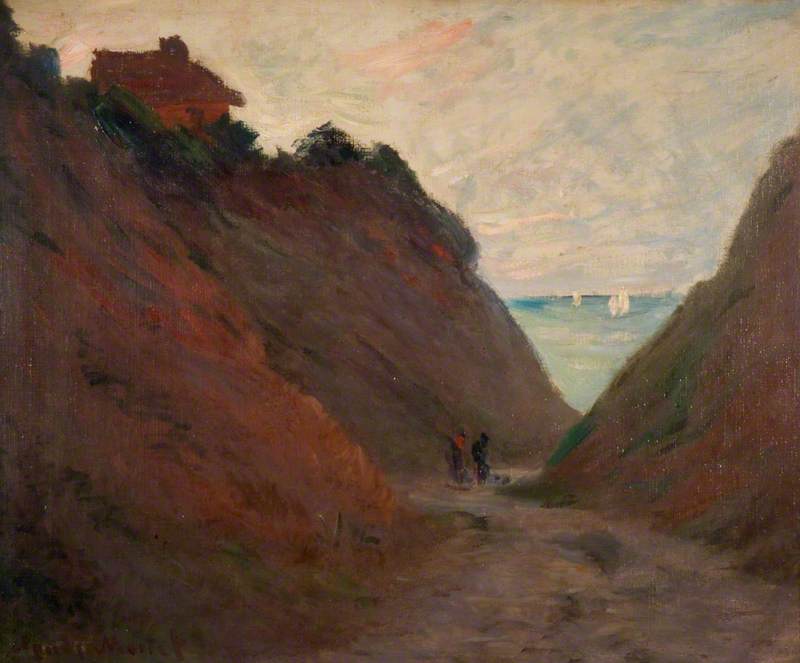
Pont de Londres (Charing Cross Bridge, London)
1902
Claude Monet (1840–1926) 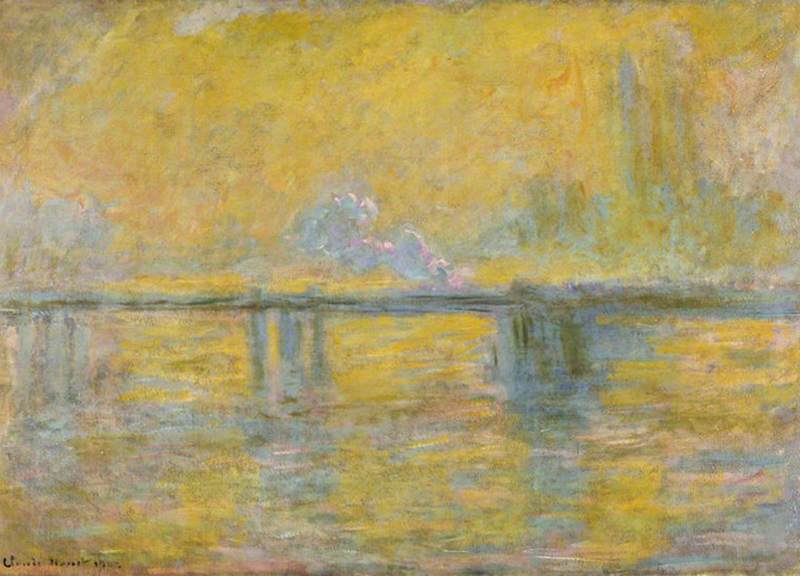
There are four in the Fitzwilliam Museum in Cambridge, including Springtime.
London has perhaps the most – both The National Gallery and The Courtauld have multiple Monets: 14 and three respectively.
Autumn Effect at Argenteuil
1873
Claude Monet (1840–1926) 
Finally, there are three Monets in the Tate collection.
Renoir
Moving on, there are 55 paintings by Renoir in UK public collections, and eight sculptures. There are five paintings at the Ashmolean in Oxford.
The Tate collection has three, all from slightly later in his career.
There are four in Glasgow's Museums (which includes the three in the Kelvingrove).
And just the one in the National Galleries of Scotland.
Although, again, the most northerly Renoir in the UK is in Aberdeen.
The most southerly again appears to be in Southampton, where there are two Renoirs – a landscape and a portrait.
There are examples across the country with two in Manchester Art Gallery, two in Birmingham Museums Trust, and one each at Bristol Museum & Art Gallery, Sheffield Museums, The New Art Gallery Walsall and the Barber Institute.
Cros de Cagnes, Mer, Montagnes
c.1910
Pierre-Auguste Renoir (1841–1919) 
There are three Renoirs in the National Museum Wales, including La Parisienne, which featured in the first Impressionist exhibition of 1874.
London's National Gallery holds ten, including the famous work The Umbrellas.
And the Courtauld has four paintings.
But the gallery with the most Renoirs in the UK is the Fitzwilliam Museum in Cambridge with a whopping thirteen!
Since this article was first published in April 2023, one more Renoir has found its way into a UK public collection. Excitingly, Ulster Museum acquired Renoir's L'allée au bois (The Woodland Path) in 2023, and – perhaps more incredibly – it's the first and only painting by one of the original Impressionists held in a Northern Irish collection. It was painted in a wood near Paris around 1874–1880.
Sisley
There are 33 paintings by Sisley in UK public collections. Starting furthest north, there are three works in Aberdeen.
Still in Scotland, Edinburgh has two, both in the collection of the National Galleries of Scotland.
On the west coast, Glasgow has five, with four works at Glasgow Museums (including The Burrell and the Kelvingrove), as well as one at the Hunterian, University of Glasgow.
Wales has three in the National Museum Wales in Cardiff. Alfred Sisley was the only major Impressionist artist to work in Wales, spending July to September 1897 in Penarth, near Cardiff, and Langland Bay, on the Gower Peninsula. However, painting en plein air in Wales was a new experience for the artist – he wrote of painting 'against the wind, which reigns supreme here. I had not experienced this before.'
Storr Rock, Lady’s Cove, Le Soir
1897
Alfred Sisley (1839–1899) 
The Cliff at Penarth, Evening, Low Tide
1897
Alfred Sisley (1839–1899) 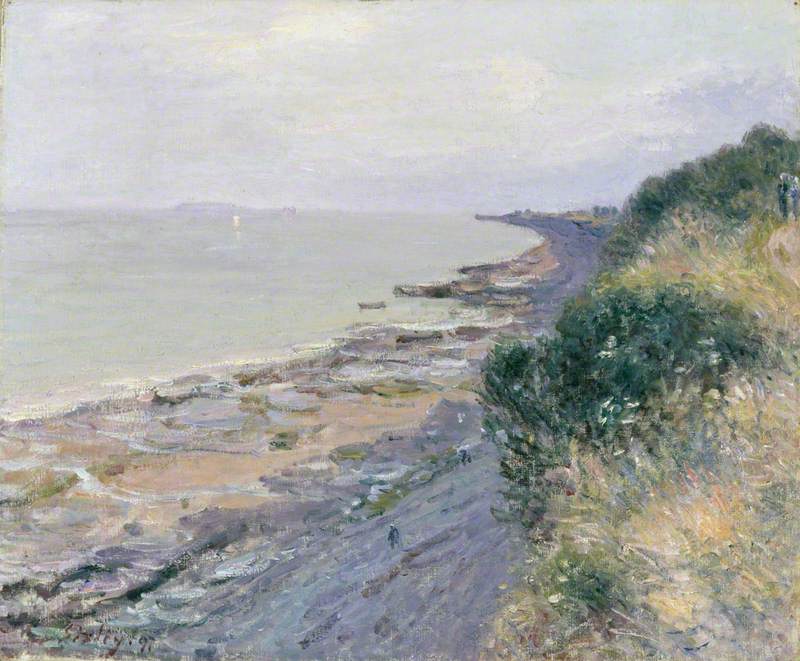
There are Sisleys scattered across England too – two in Leeds Art Gallery, two in Museums Sheffield and two in Cambridge's Fitzwilliam.
The Banks of the River Seine around Louveciennes, France
Alfred Sisley (1839–1899) 
Birmingham Museums Trust, Oxford's Ashmolean, Leicester Museum & Art Gallery, the Higgins Bedford, Norfolk Museums, Manchester Art Gallery, Southampton City Art Gallery and Bristol Museum & Art Gallery all have one each.
Avenue of Chestnut Trees at La Celle-Saint-Cloud
1867
Alfred Sisley (1839–1899) 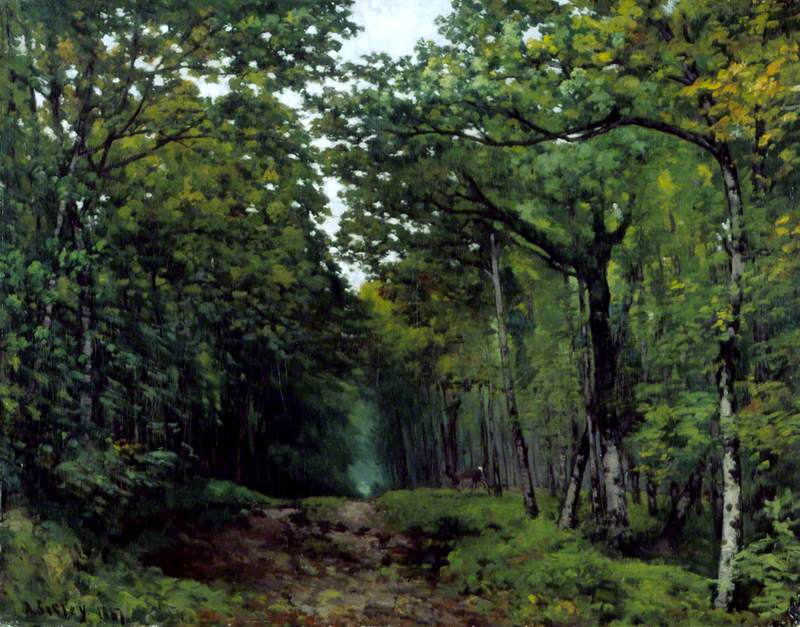
There's also just a single one in London's National Gallery, three in the Tate collection and two at the Courtauld.
The Watering Place at Marly-le-Roi
probably 1875
Alfred Sisley (1839–1899) 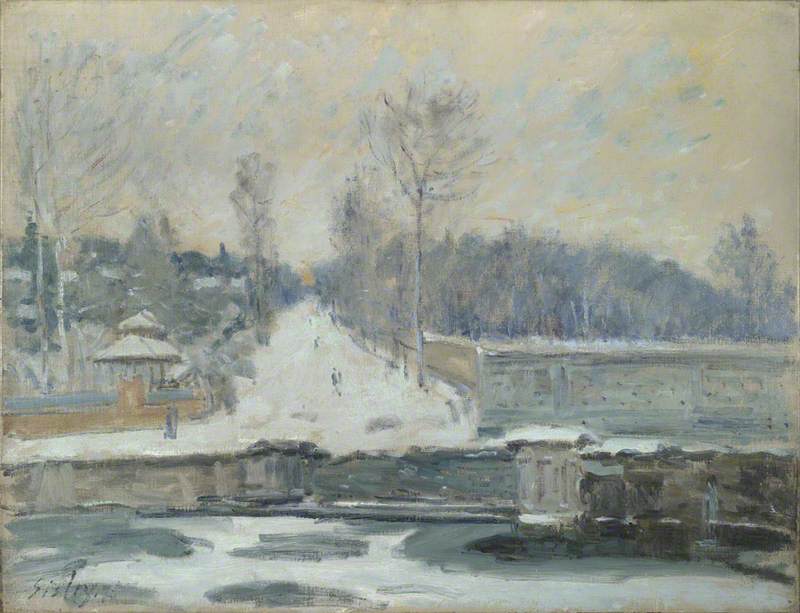
Pissarro
Pissarro was in fact the only artist to take part in all eight of the Impressionist exhibitions. There are 54 paintings by Pissarro in UK public collections. The most in any one gallery is fifteen in the Ashmolean, Oxford (although one of those is apparently by a pupil).
Seven are in the Tate collection.
Seven are in The National Gallery in London.
Six are at the Fitzwilliam in Cambridge.
Piette's House at Montfoucault: Snow Effect
1874
Camille Pissarro (1830–1903) 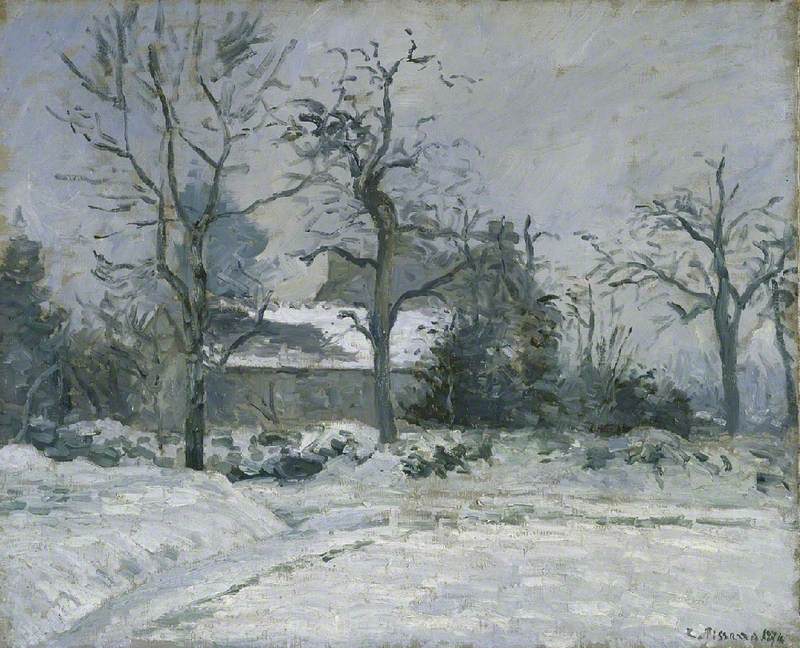
Lordship Lane Station, Dulwich
1871
Camille Pissarro (1830–1903) 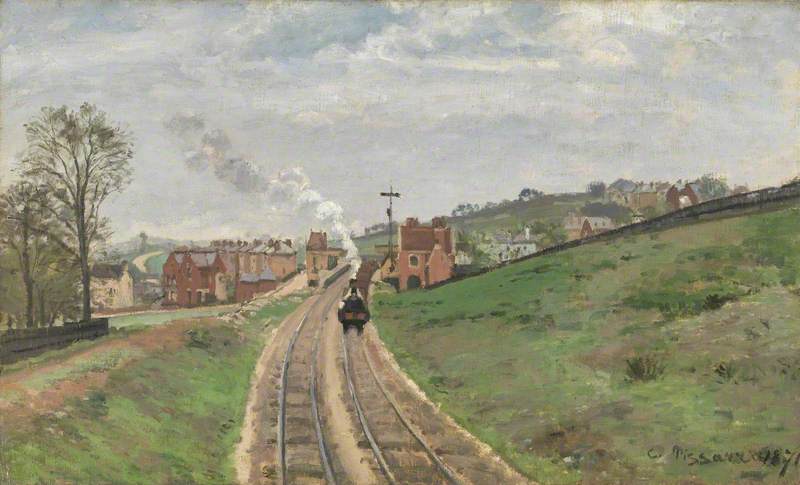
Two are in the Kelvingrove, with another in Glasgow, in the Hunterian.
Le matin brumeux, Rouen (Misty Morning, Rouen)
1896
Camille Pissarro (1830–1903) 
And there are two in the National Galleries of Scotland in Edinburgh.
Kitchen Gardens at L'Hermitage, Pontoise
1874
Camille Pissarro (1830–1903) 
There are four Pissarros in Manchester, with two at The Whitworth and two at Manchester Art Gallery.
The Quai du Pothuis at Pontoise after Rain
1876
Camille Pissarro (1830–1903) 
There are two in Cardiff, in National Museum Wales.
Sunset, Port of Rouen (Steamboats)
1898
Camille Pissarro (1830–1903) 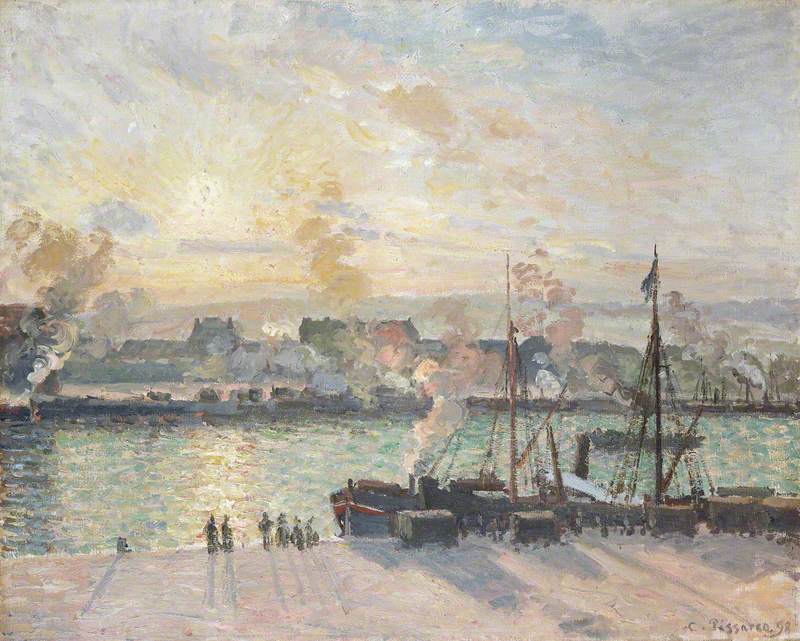
Completing the list are two in Birmingham (one each in the Barber Institute and Birmingham Museums Trust), and one in Leicester, Sheffield, Southampton and Ipswich.
Le pont Boieldieu à Rouen, soleil couchant
1896
Camille Pissarro (1830–1903) 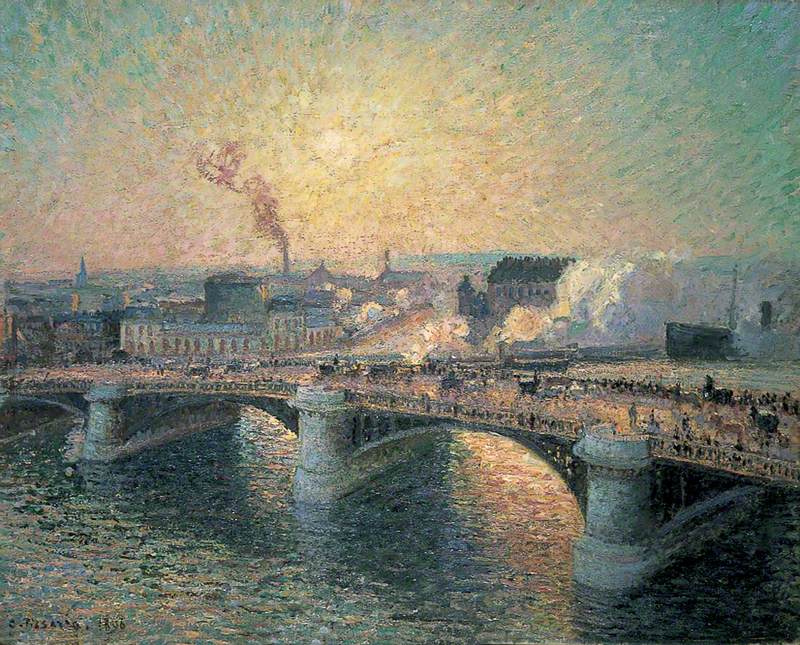
La route, effet de neige (The road, snow effect)
1879
Camille Pissarro (1830–1903) 
La maison du père Gallien à Pontoise
1866
Camille Pissarro (1830–1903) 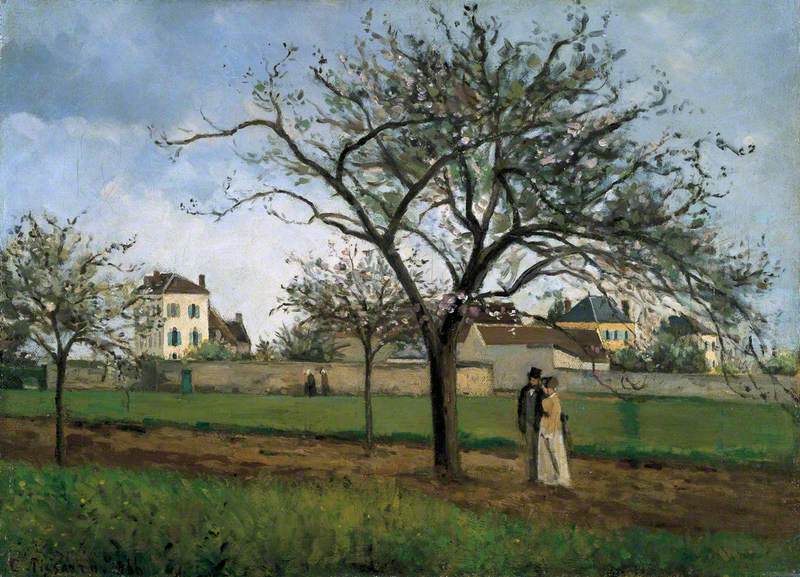
Cézanne
There are 37 paintings by Cézanne, plus some prints and drawings. Although he exhibited with the Impressionists, many of his works are more in a Post-Impressionist style. Nine of the paintings are in the Courtauld.
The Montagne Sainte-Victoire with Large Pine
c.1887
Paul Cézanne (1839–1906) 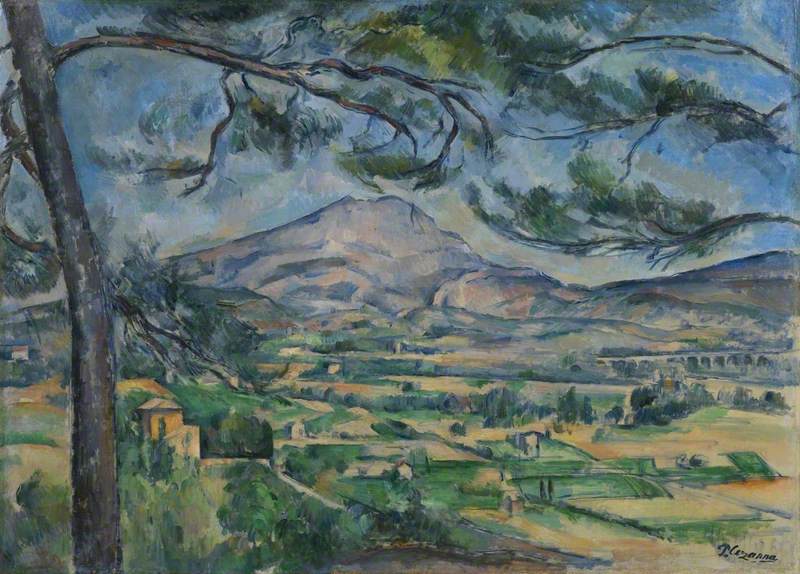
Nine are in The National Gallery in London, including his famous Bathers (Les Grandes Baigneuses) which is more of a Post-Impressionist work. This earlier painting featuring poplars owes more of a debt to the Impressionist style.
Five are at The Fitzwilliam in Cambridge.
Three are in National Museum Wales, including this painting of the Zola Dam near Marseilles. Gwendoline Davies purchased this work in Paris in 1918. When on loan to the Tate Gallery in 1922, Roger Fry praised it as 'one of the greatest of all Cézanne's landscapes'.
The François Zola Dam
1878–1879 or 1883–1884
Paul Cézanne (1839–1906) 
Two Cézannes are in Edinburgh, at the National Galleries of Scotland.
Three are in Glasgow, with two at the Kelvingrove, and one at The Burrell.
The are three in Tate's collection, including this landscape from the mid-1870s.
Museums Sheffield and the Walker Art Gallery in Liverpool each have a single Cézanne, and the Ashmolean did have one until it was stolen in 2000 (which you can still see an image of below).
Degas
There are 34 paintings by Degas in UK collections, plus 34 sculptures and a selection of watercolours and drawings. The Courtauld has nine works overall and four paintings.
London's National Gallery holds nine paintings, including Miss La La at the Cirque Fernando, which was shown at the fourth Impressionist exhibition in 1879.
There are five Degas paintings in The Fitzwilliam Museum, Cambridge, including At the Café from the mid to late 1870s.
Edinburgh has four Degas paintings in the National Galleries of Scotland.
And in Glasgow, The Burrell also has four.
Tate has just two oil paintings, but six sculptures by Degas.
The V&A, Leicester Museum & Art Gallery, Barber Institute, Birmingham Museums Trust, The New Art Gallery Walsall, and the Walker Art Gallery in Liverpool all have one painting each.
The Ballet Scene from Meyerbeer's Opera 'Robert le Diable'
1876
Edgar Degas (1834–1917) 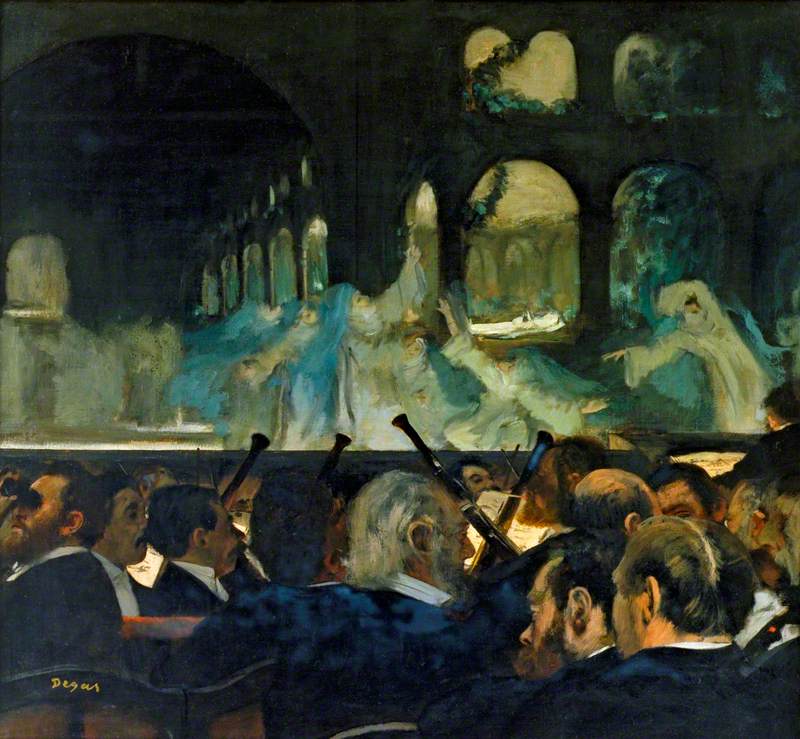
Morisot, Cassatt, Bracquemond
The women who took part in the Impressionist exhibitions are particularly poorly represented in UK public collections.
There are just five paintings by Berthe Morisot – one each at the Courtauld, National Museum Wales, National Galleries of Scotland, London's National Gallery and the Tate collection (and a couple of prints at the Courtauld).
Woman and Child in a Meadow at Bougival
1882
Berthe Morisot (1841–1895) 
However, there is a Dulwich Picture Gallery exhibition of her work from March to September 2023 if you want to see more of her art.
The American artist Mary Cassatt had settled in Paris in 1874 and became particularly friendly with Degas. She took part in four of their eight group shows (1879, 1880, 1881, 1886).
The two paintings by her in UK collections are in Glasgow's Kelvingrove and Birmingham Museums Trust.
There are no paintings by Marie Bracquemond, but you can read about her in this story about four women Impressionists – which also features a work by Eva Gonzales (who didn't take part in the Impressionist exhibitions but still painted in that style).
Gauguin
There are 57 artworks by Paul Gauguin on Art UK – but only 17 paintings, plus some sculpture (including the one of his wife, which you can see further up this article), prints and drawings.
However, he sits between the Impressionists and Post-Impressionists, and is possibly more known for his later works, his friendship with Van Gogh, and his relocation to Tahiti (the colonial implications of which are addressed in this story).
Three works are in the Courtauld and two in London's National Gallery.
Bowl of Fruit and Tankard before a Window
probably 1890
Paul Gauguin (1848–1903) 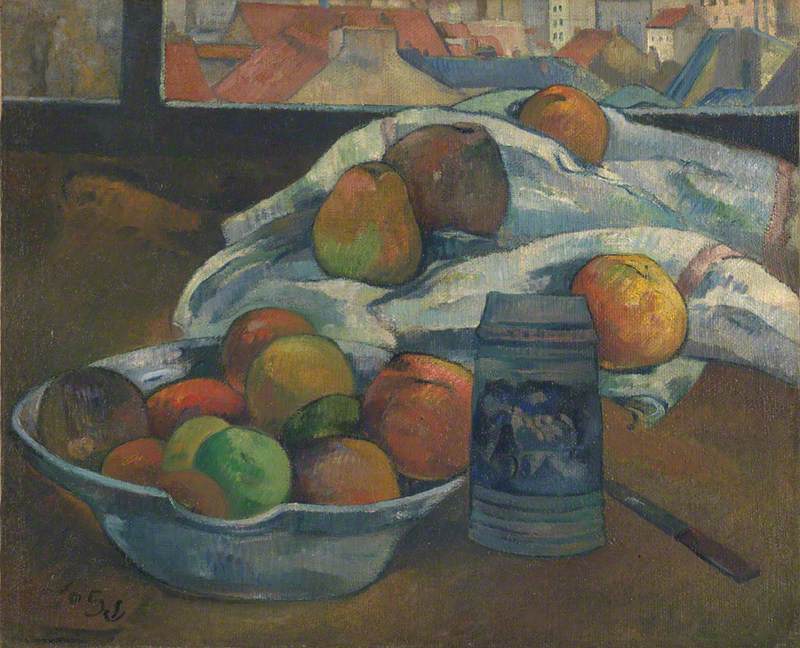
There are two works in the Tate collection.
National Galleries of Scotland has three paintings, and Kelvingrove one, but it's probably the most straightforwardly 'Impressionist' work by the artist in the UK.
There are two in Birmingham's Barber Institute (although one is only 'attributed to' him), and one each at Manchester Art Gallery, Laing Art Gallery in Newcastle, the Fitzwilliam in Cambridge and Sheffield Museums. All the Gauguins in the UK range between some of his earlier, more Impressionist pieces and the later Post-Impressionist style he developed.
Seurat
There are 29 works by Seurat listed on Art UK – 28 are oil paintings and one of those is a known forgery. Nine works (including the forgery) are in the Courtauld.
Boat by the Bank, Asnieres
c.1883
Georges Seurat (1859–1891) 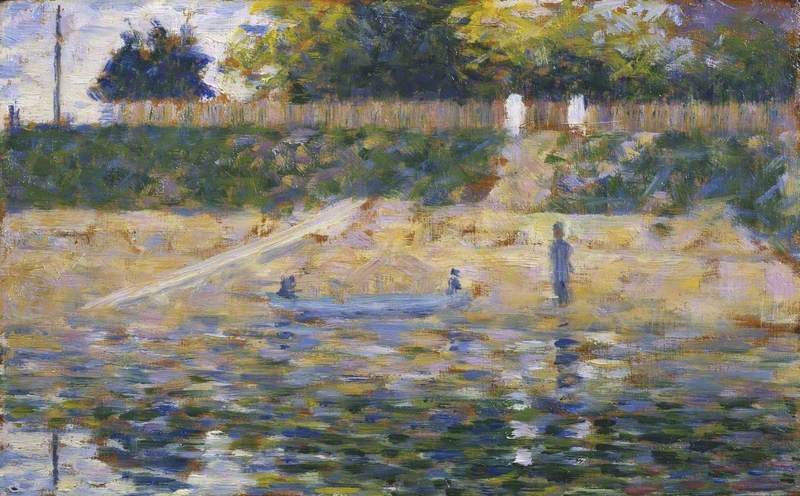
Nine are in London's National Gallery, including the two studies for La Grande Jatte, further up this piece and his first major work, the famous Bathers at Asnières
Three are at Kelvingrove in Glasgow, and two in Edinburgh's National Galleries of Scotland.
The Tate collection has two paintings, as does The Fitzwilliam (one of which is another study for La Grande Jatte).
Liverpool's Walker Art Gallery and Bristol Museum & Art Gallery have one Seurat each – the Bristol example is one of the artist's earliest surviving works in oil.
Signac
There are five works painted in oil by Paul Signac in the UK – two are at the Kelvingrove in Glasgow.
There's one each in Leeds Art Gallery, the Courtauld and The Fitzwilliam Museum in Cambridge (the Courtauld and Fitzwilliam also hold drawings).
La route Pontoise (L'embranchement de Bois-Colombes)
1886
Paul Signac (1863–1935) 
A note about Manet
Manet is sometimes grouped in with the Impressionists as they had all looked up to him as a leader of avant-garde art. However, he was reluctant to associate his work with the group, and stood somewhat apart from the group – he did not participate in any of the Impressionist exhibitions. He did, however, adopt the Impressionist technique of painting out of doors, encouraged by Berthe Morisot, who married his brother in 1874. You can see this in some of his works, such as this study in National Museum Wales.
Manet's example of being a non-Impressionist Impressionist is a useful reminder that although today we see clear movements and styles, the artists working at the time didn't label their works as Impressionist until it was a useful marketing tool! Various of the core group then went on to change and develop their styles in a variety of ways, sometimes loosely called 'Post-Impressionism' or using other terms such as 'Neo-Impressionism' or 'Pointillism' to describe their style.
On top of this, the style of en plein air painting using impressionist brushstrokes continued to be popular, and other artists then used this style. Elsewhere on Art UK, you can read about the British Impressionists Mark Fisher, Margaret Fisher Prout and Vincent Lines, or Amy K. Browning, whose works were unmistakeably in that same genre, using similar techniques.
As the twentieth century moved on, new styles termed Fauvism, Cubism, Vorticism, Expressionism, Abstraction and many others proliferated. But the simple appeal of Impressionism has remained, certainly with the public, so much so that Impressionism continues to be hugely popular today, both in its original form and the impressionistic works of artists that followed.
Ultimately, the works deemed unsuitable for display back in the 1870s and 80s were collected by art dealers and connoisseurs. As the decades passed, the Impressionists and their work became accepted and part of the establishment of the art world.
Fortunately the UK's museums and galleries invested in these works decades ago so they are freely available for us all to enjoy – they would no doubt be too expensive for any but the wealthiest gallery to acquire today.
Andrew Shore, Head of Content at Art UK
